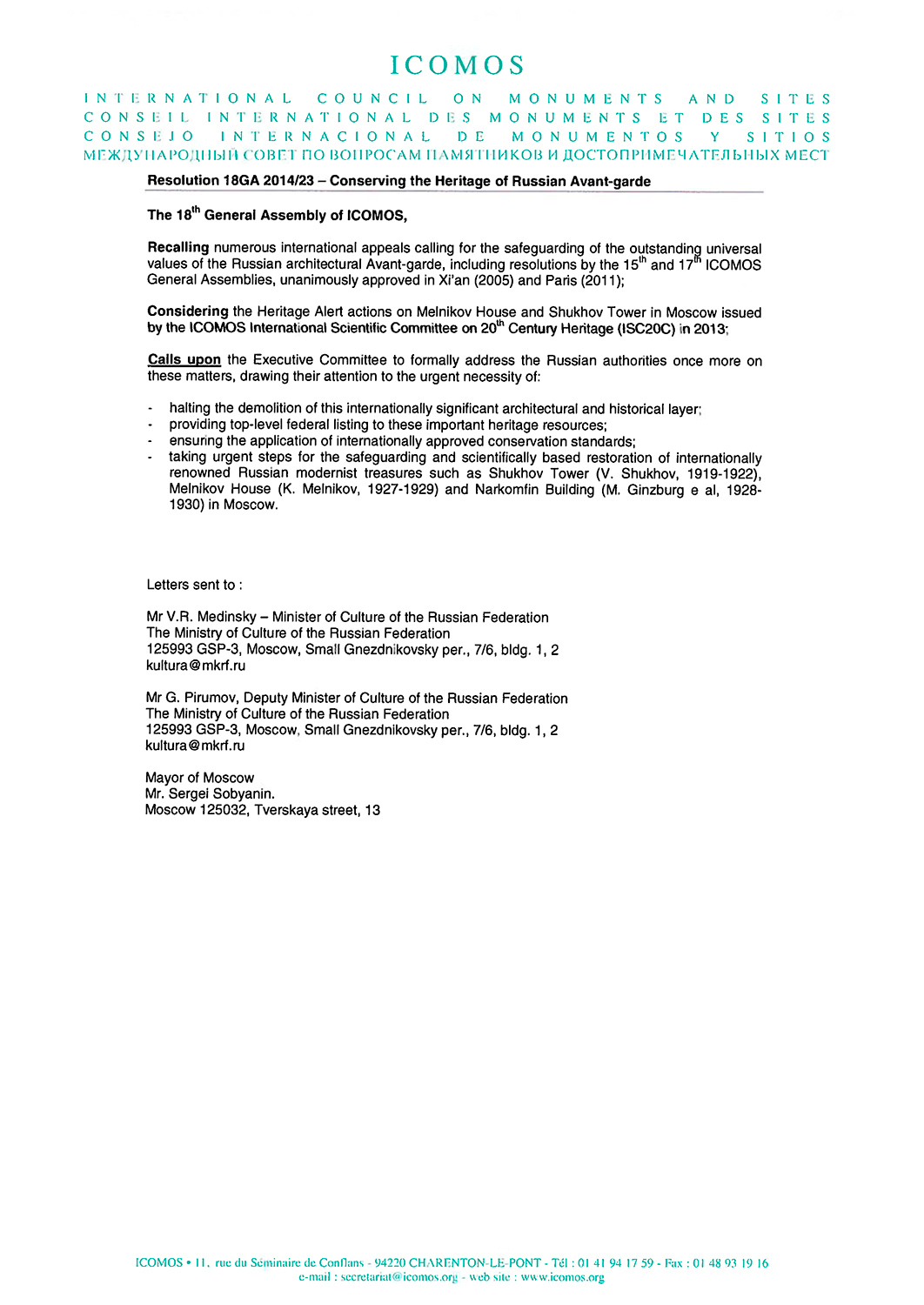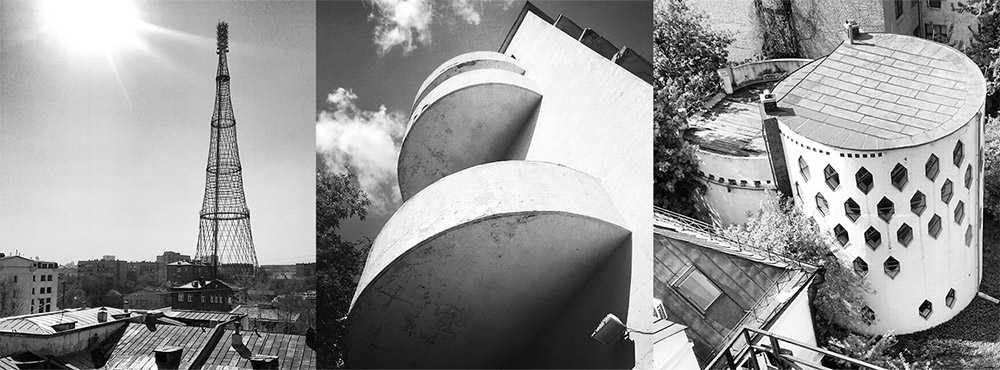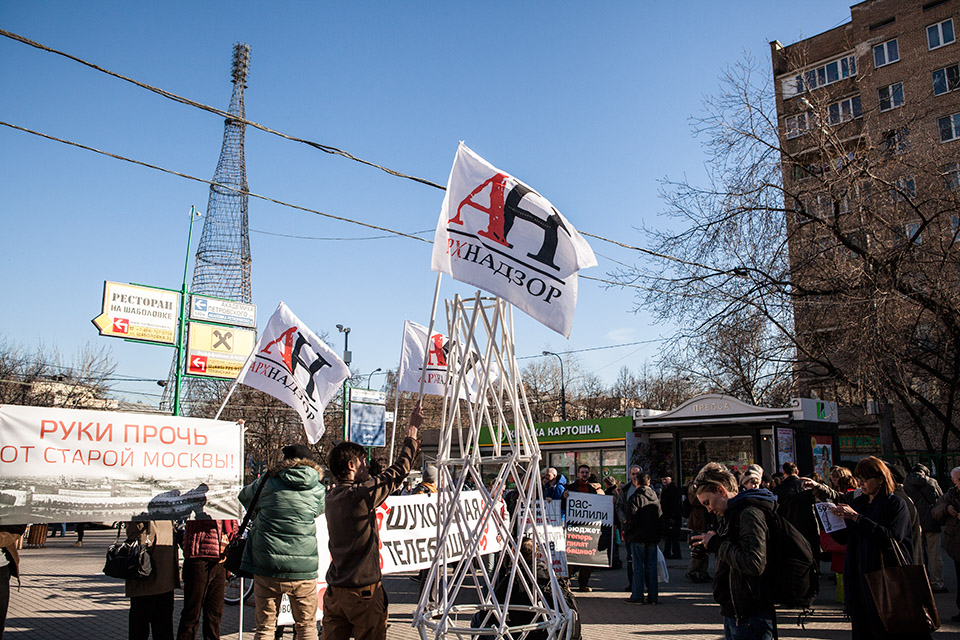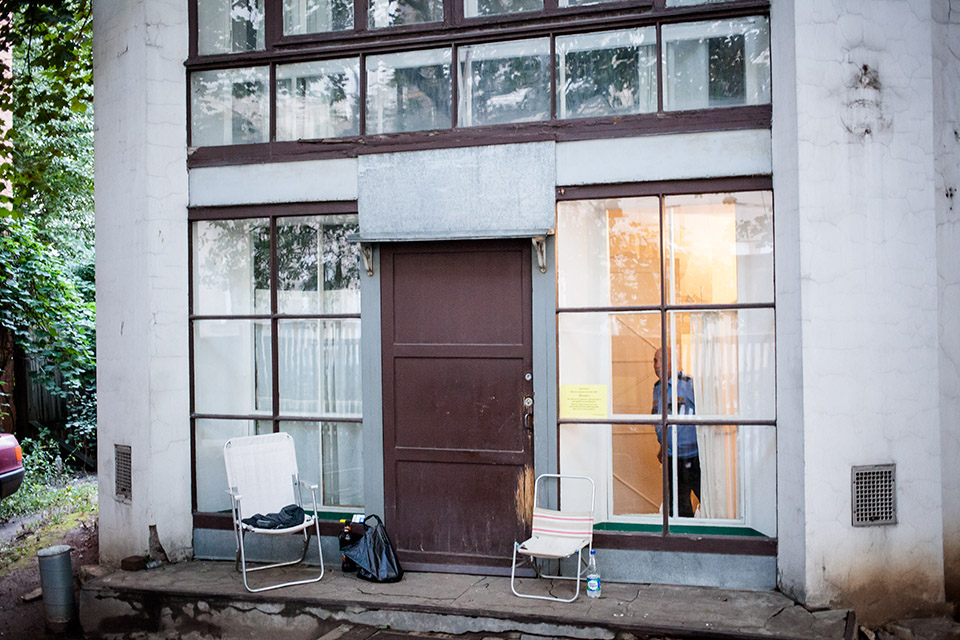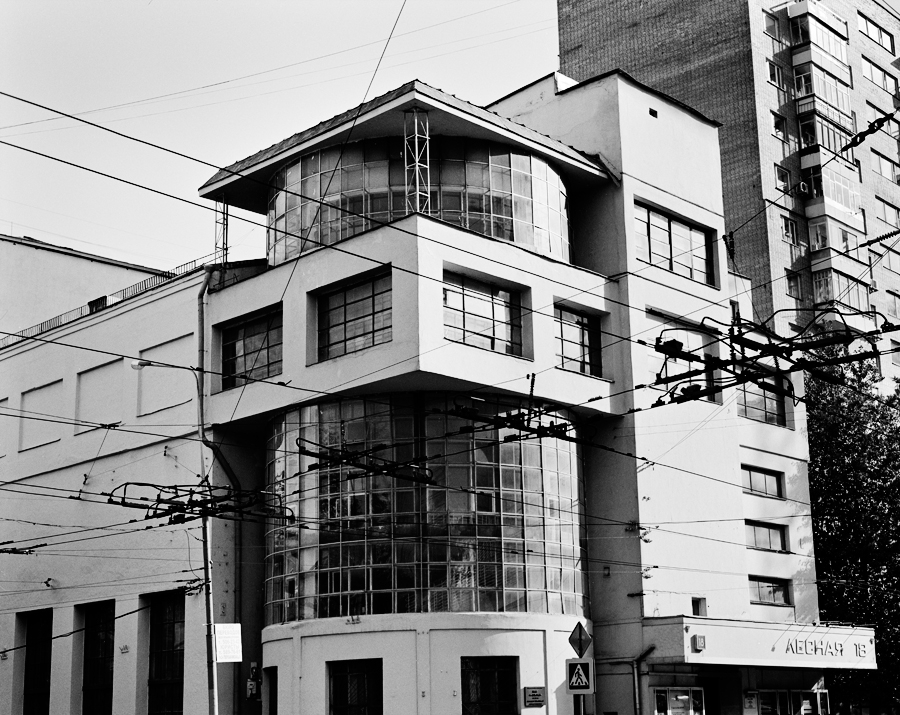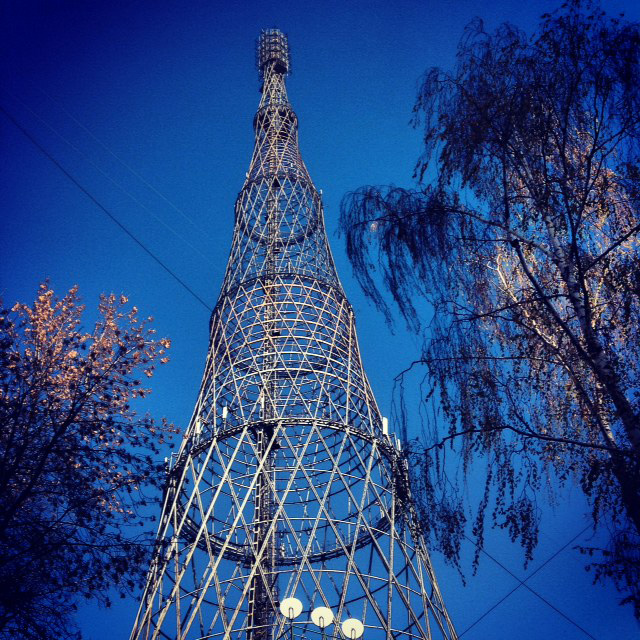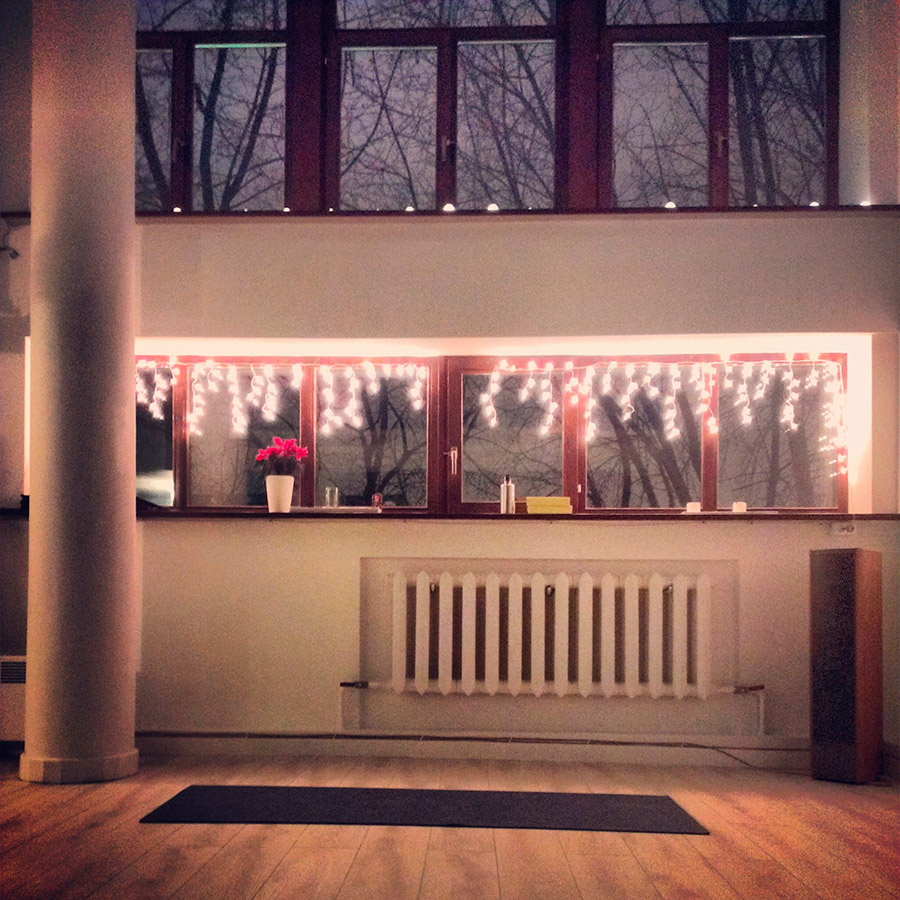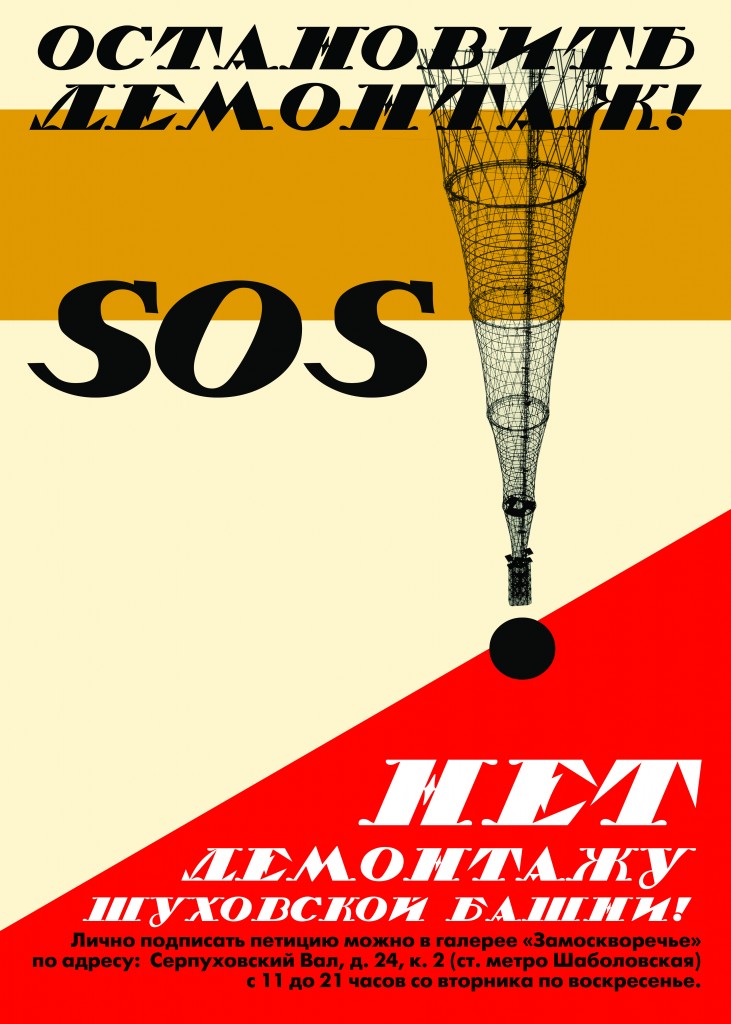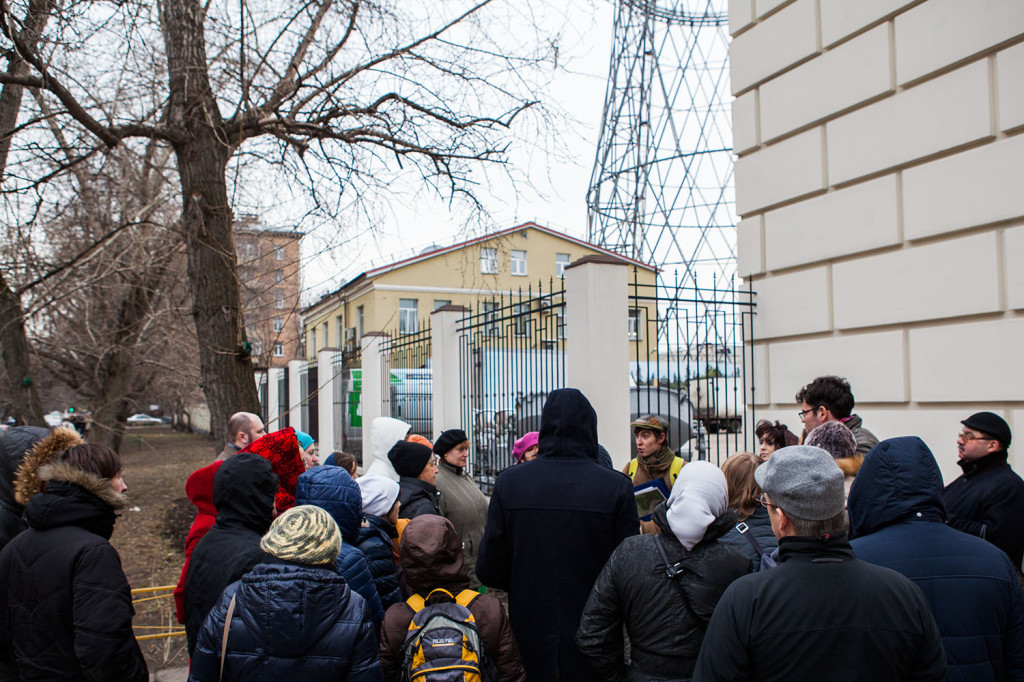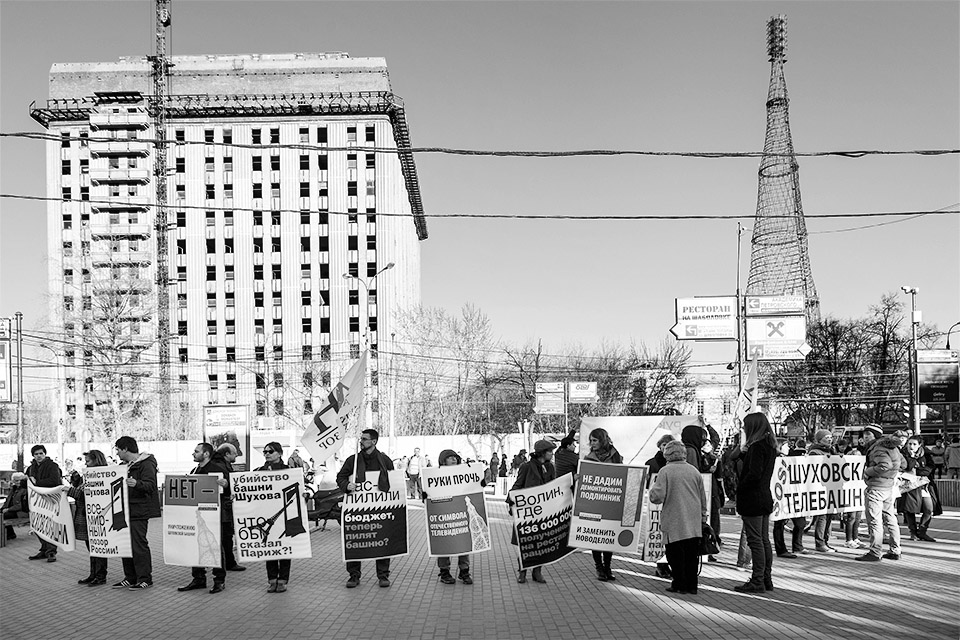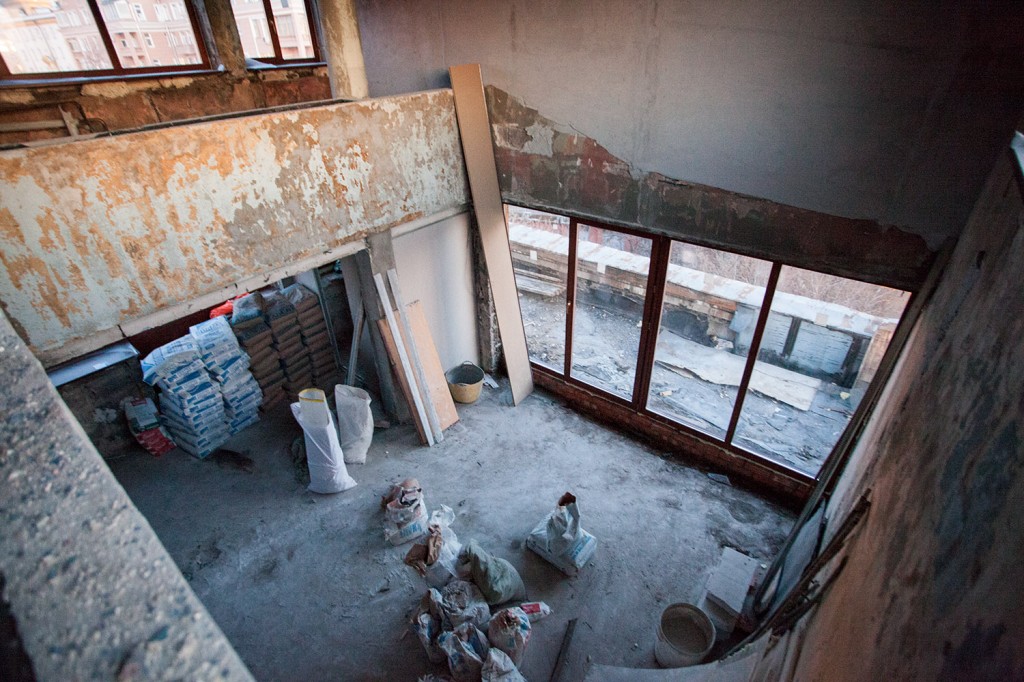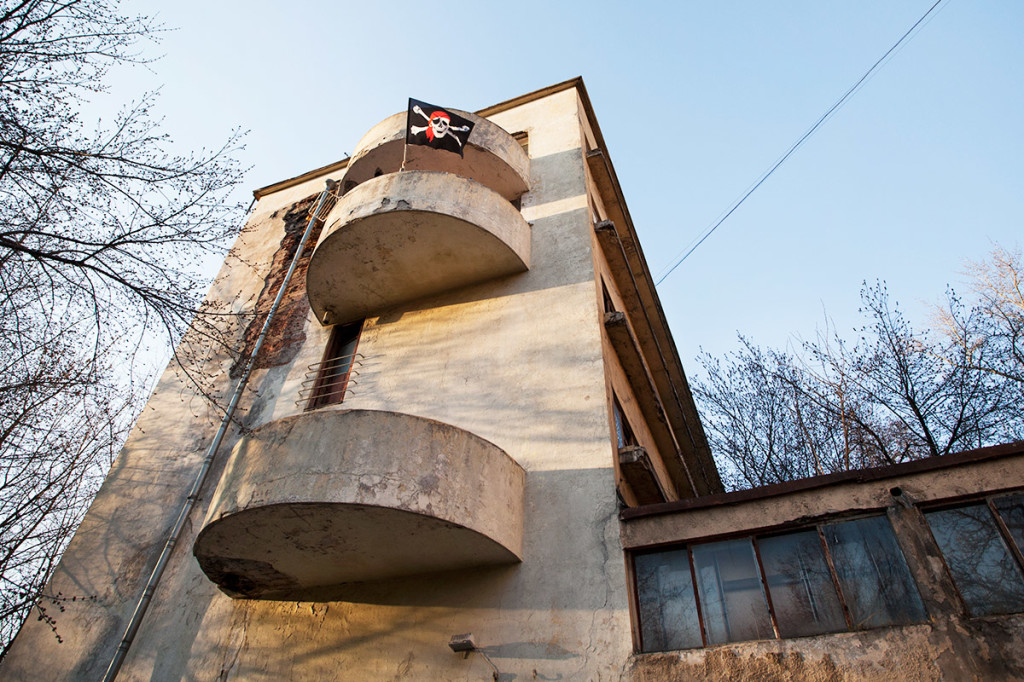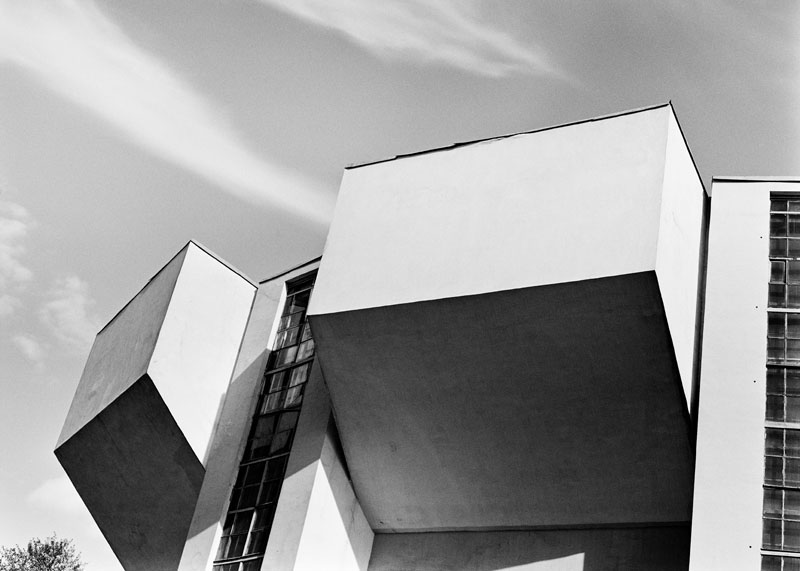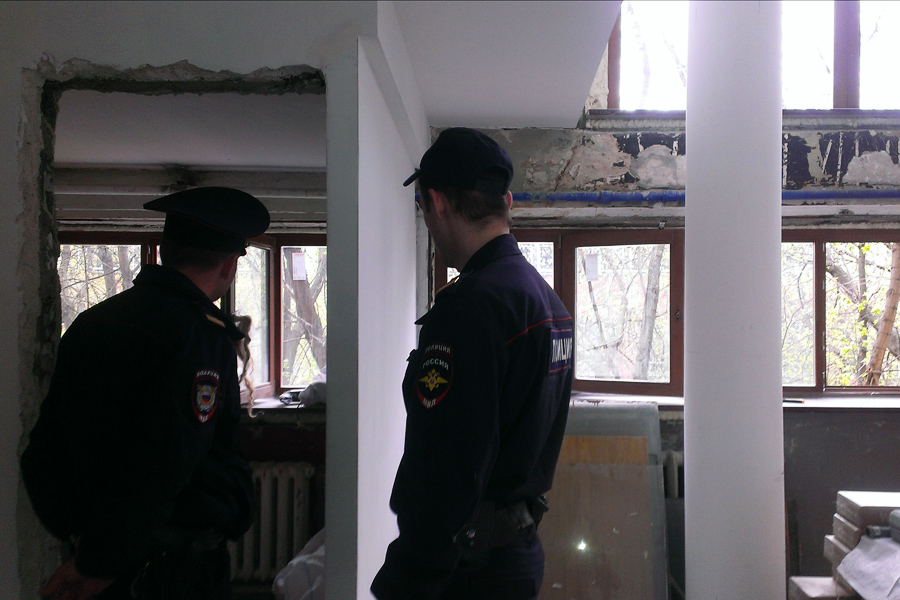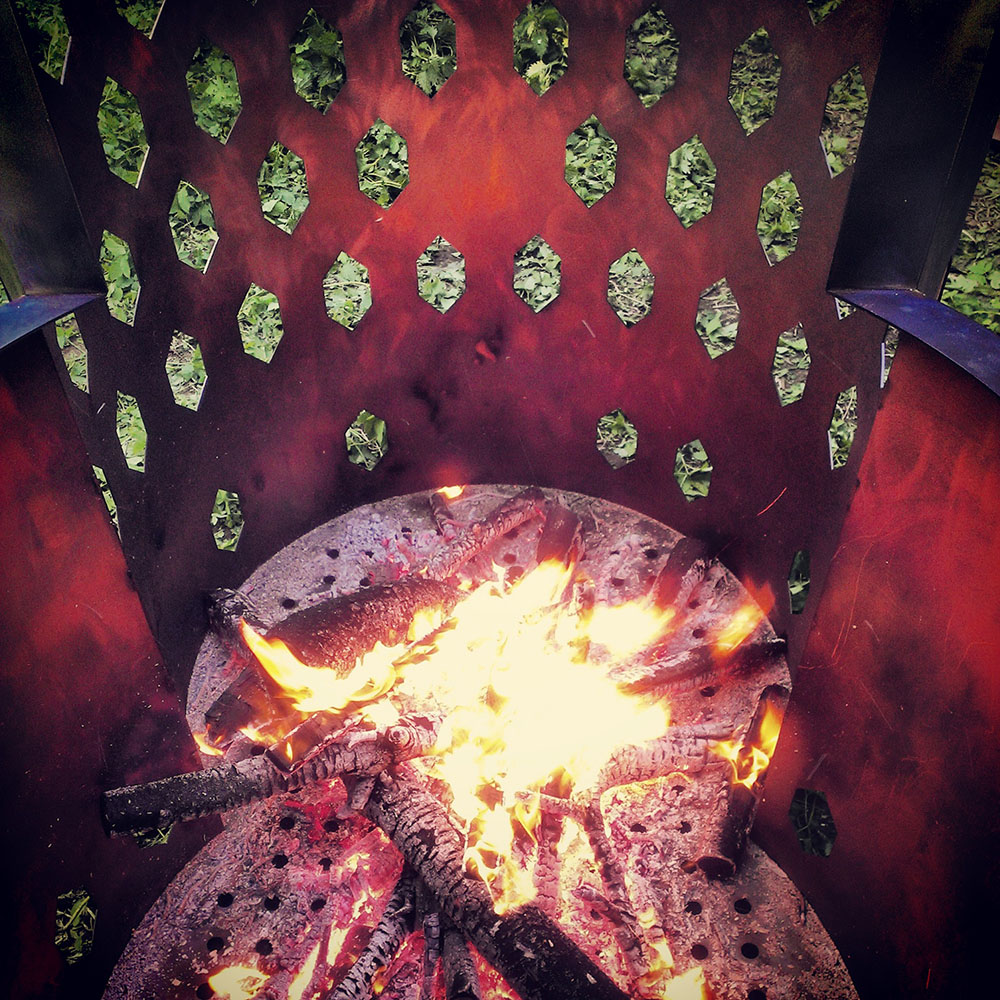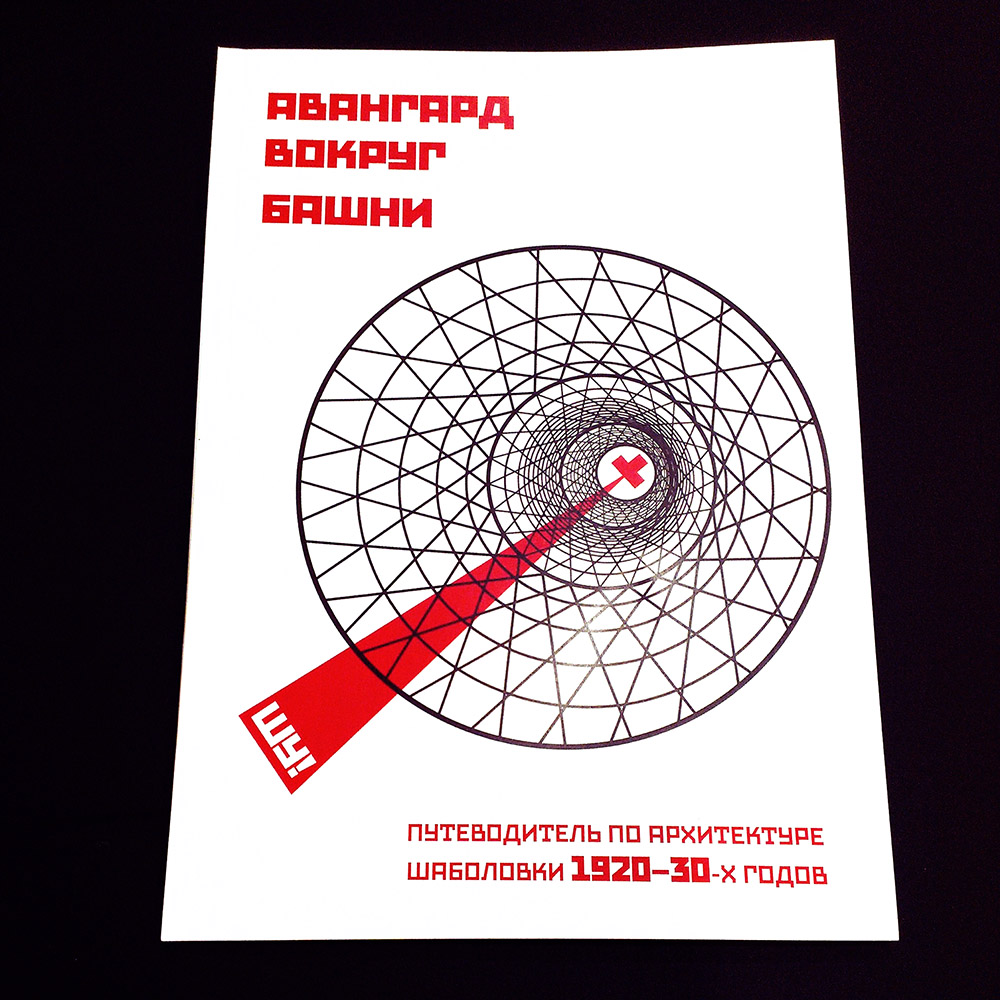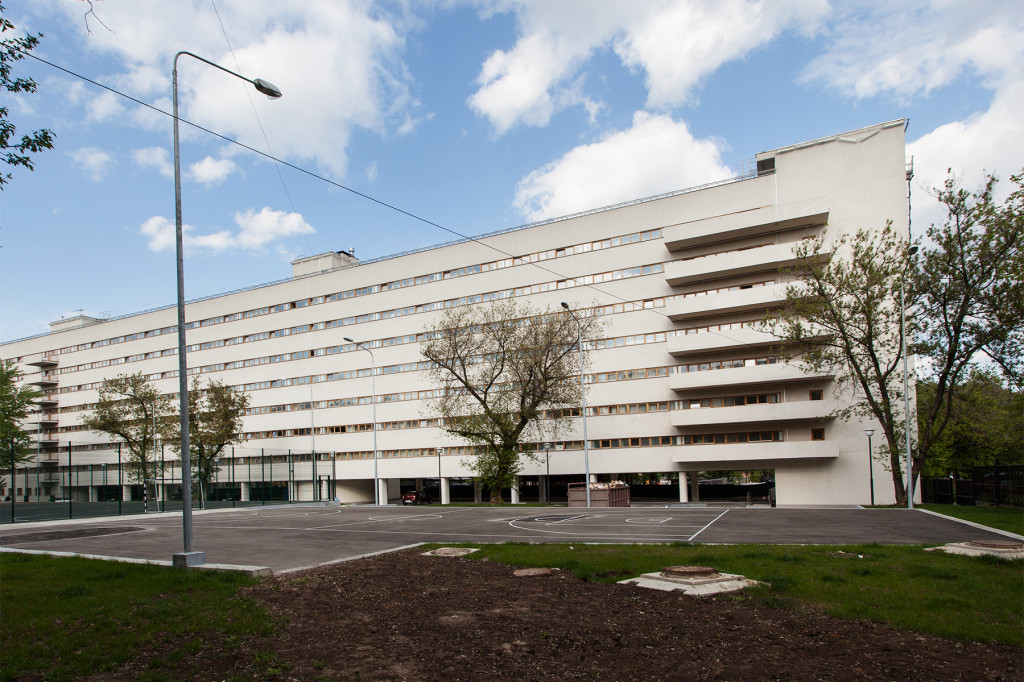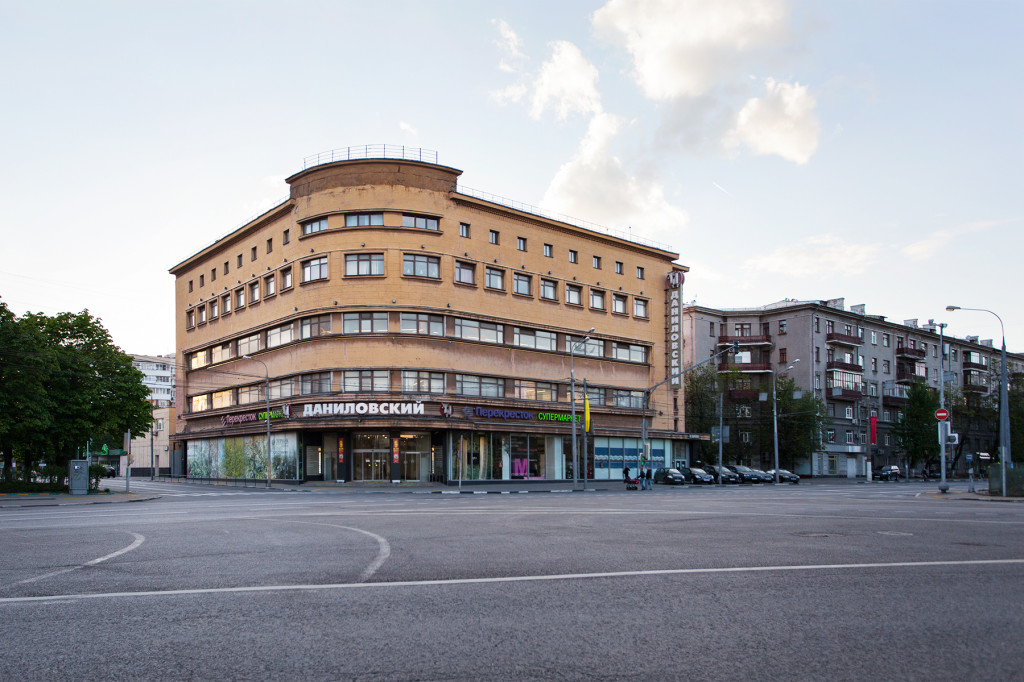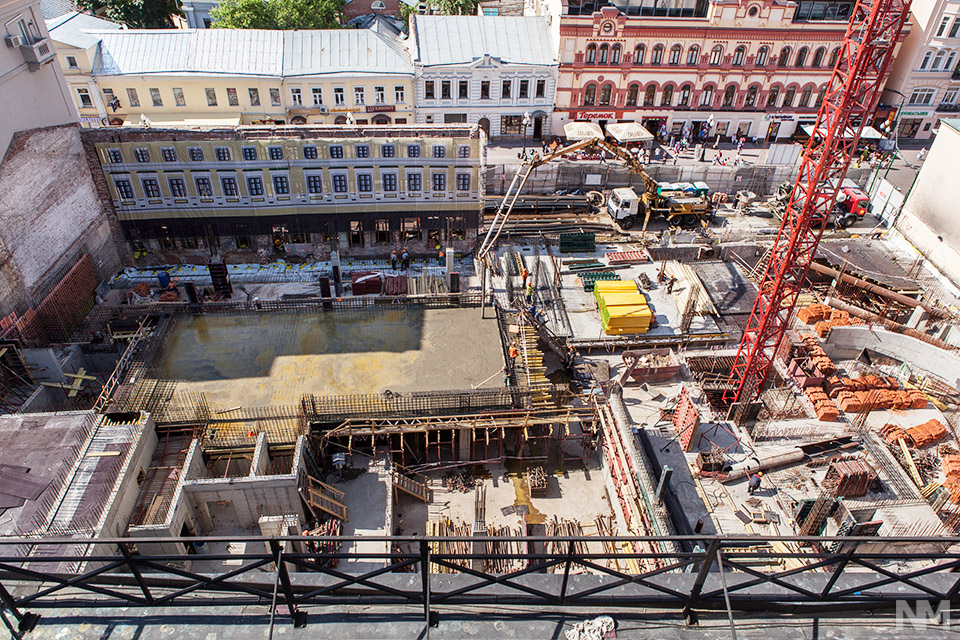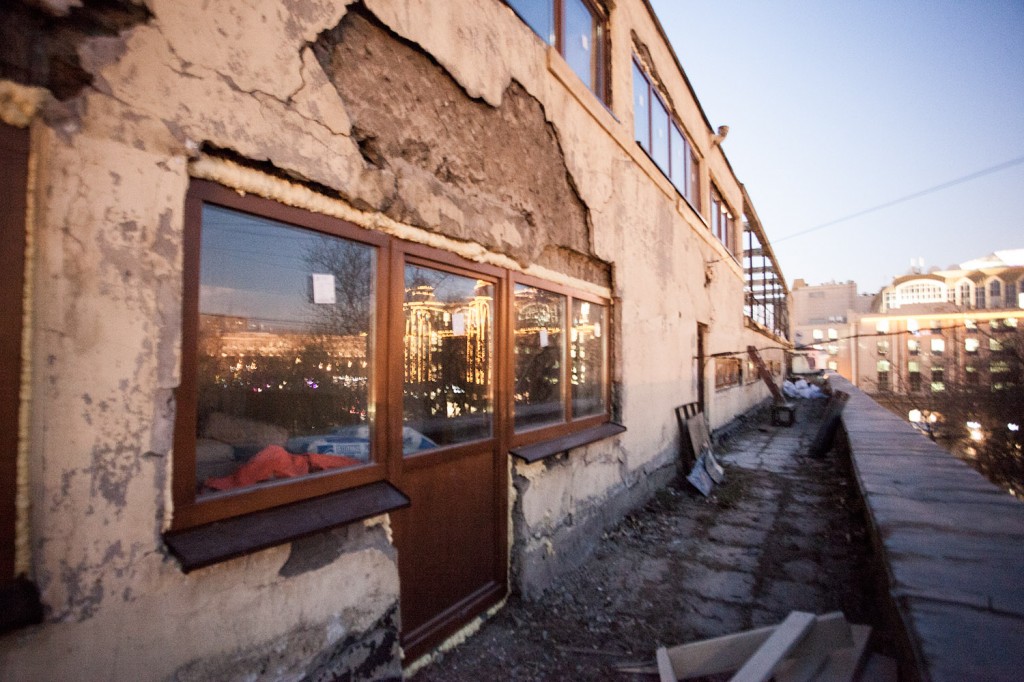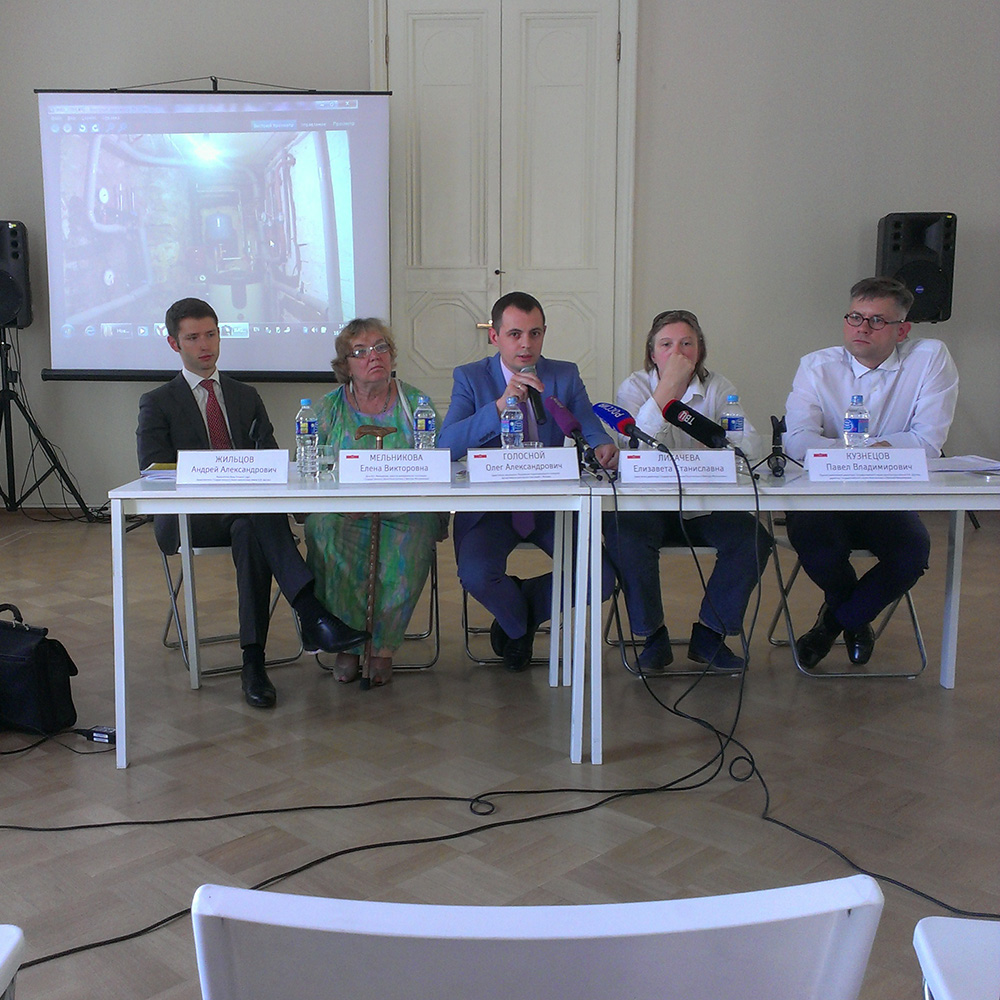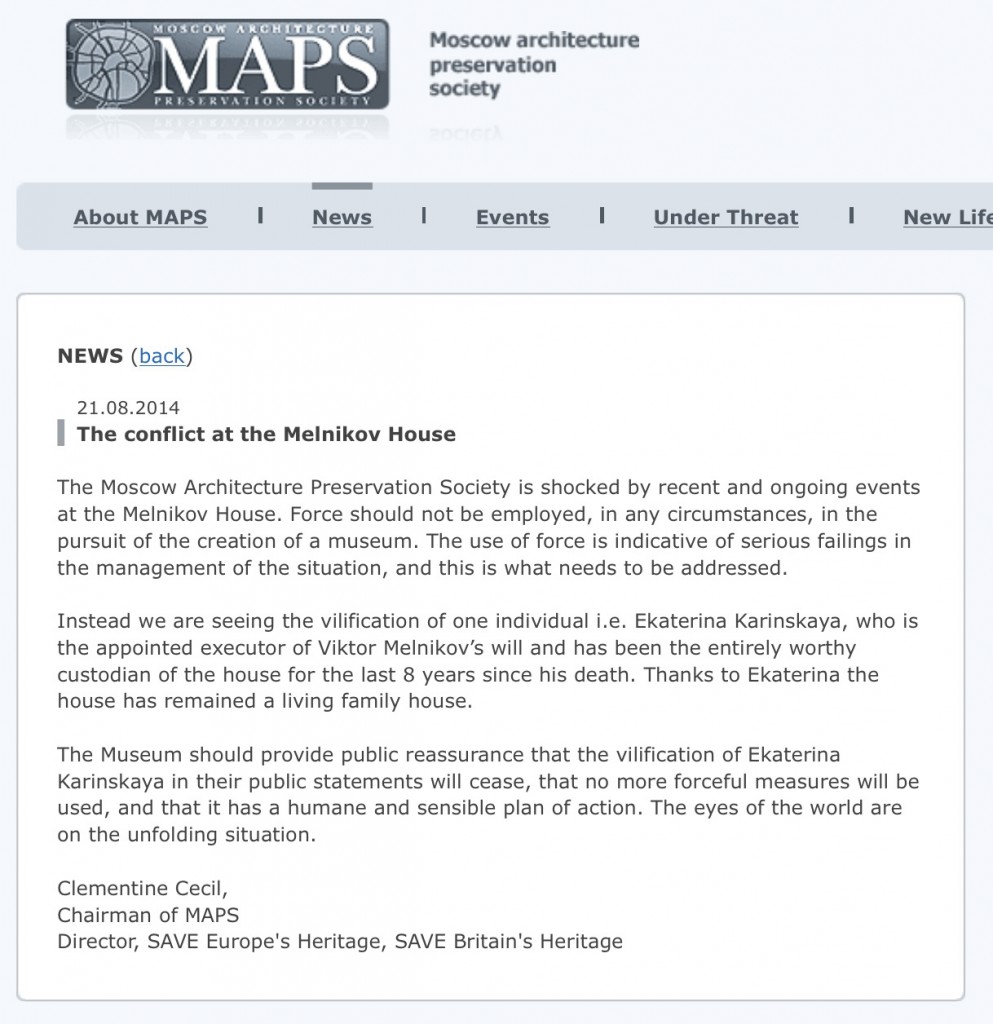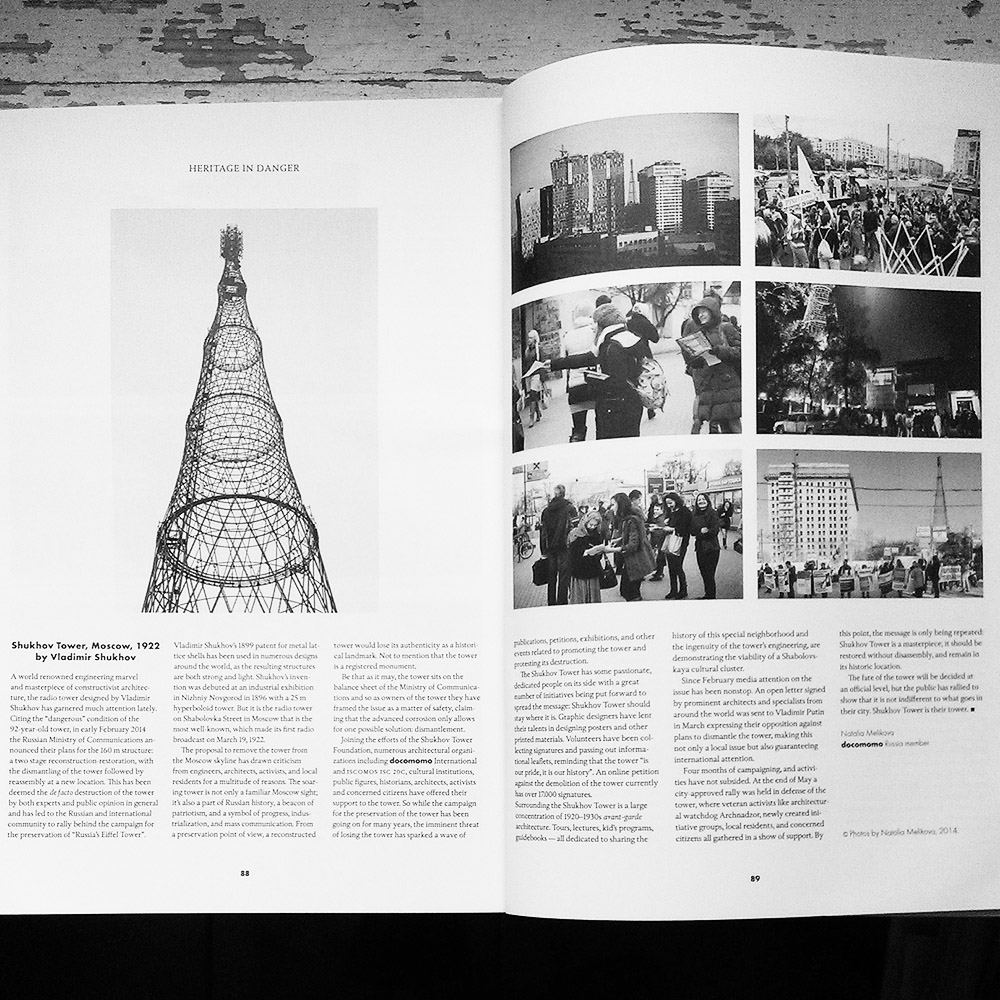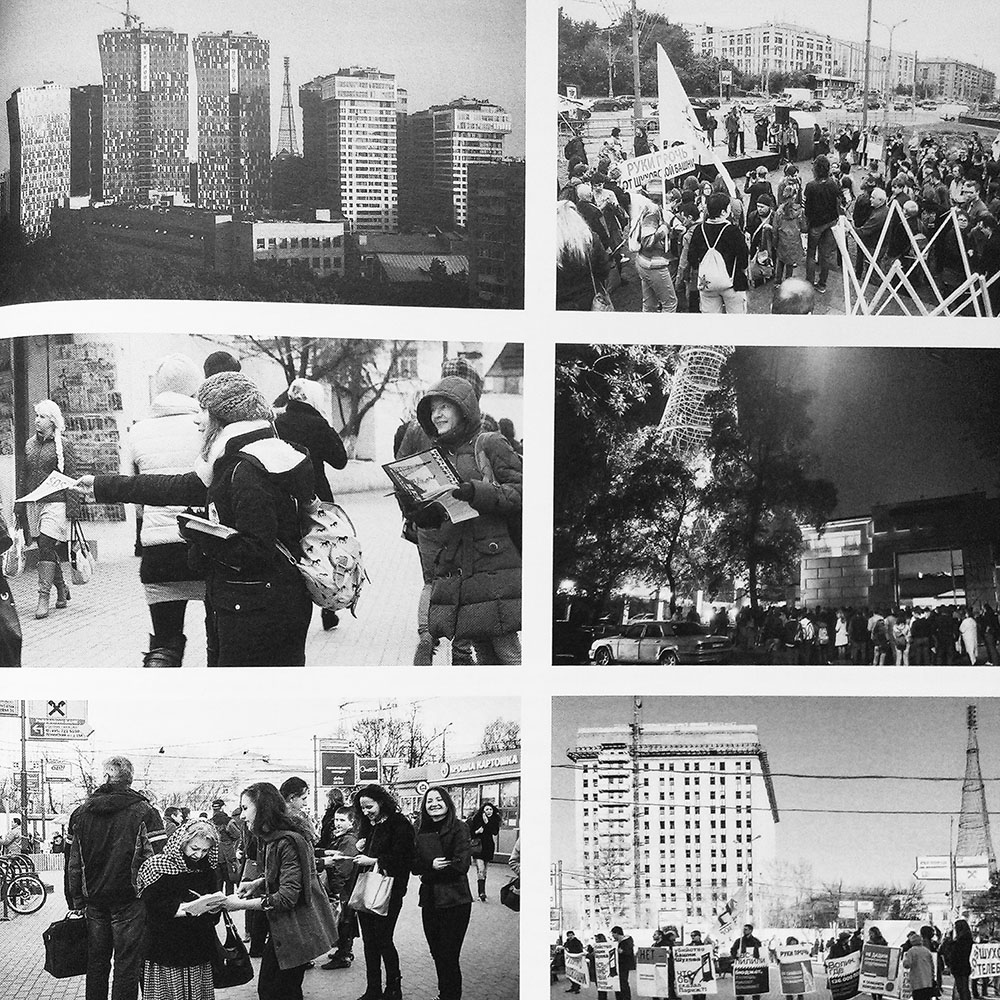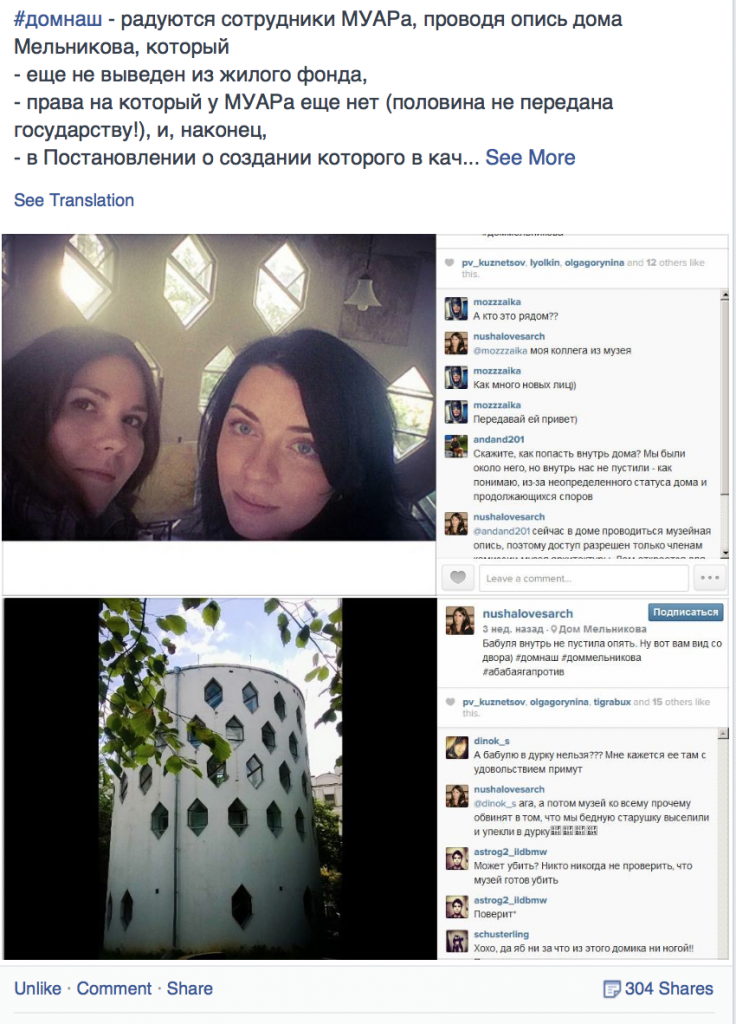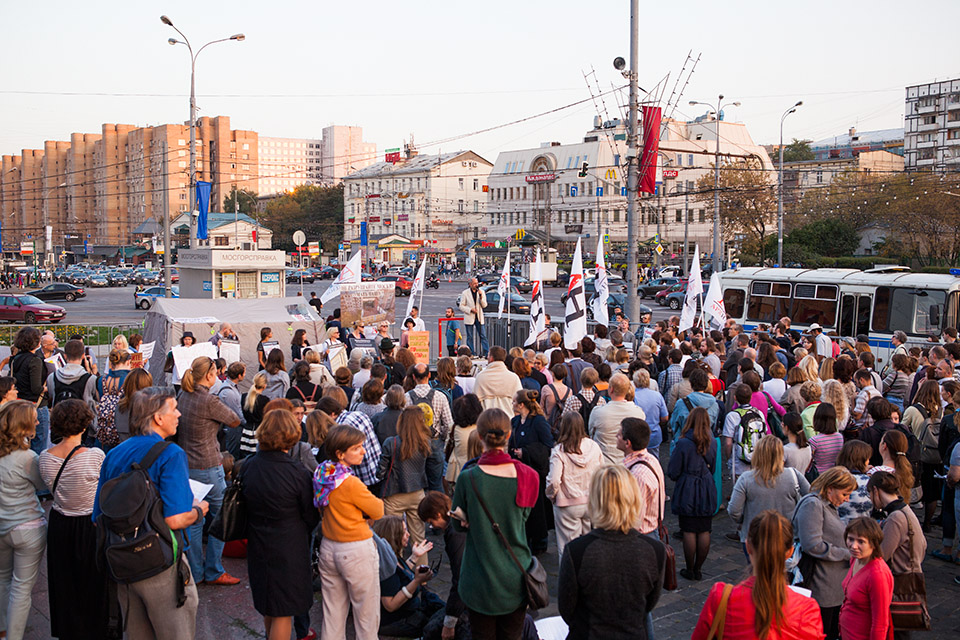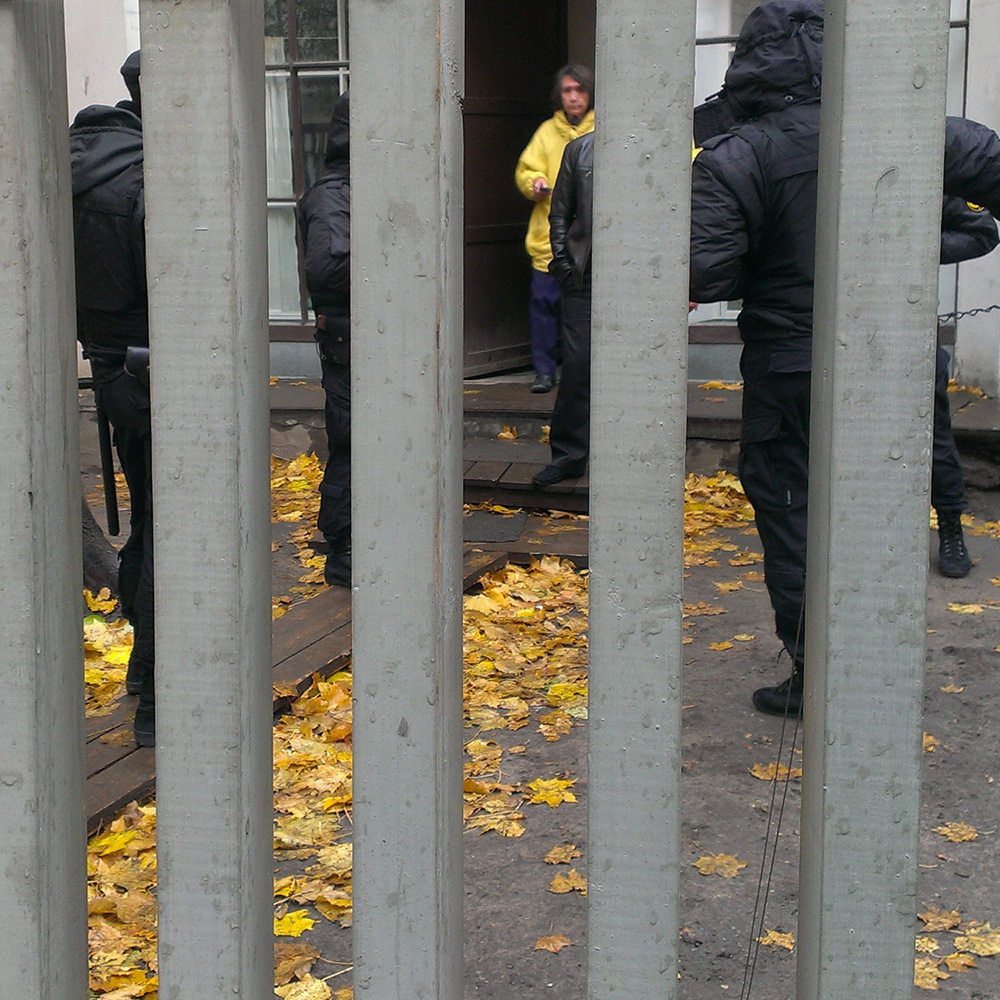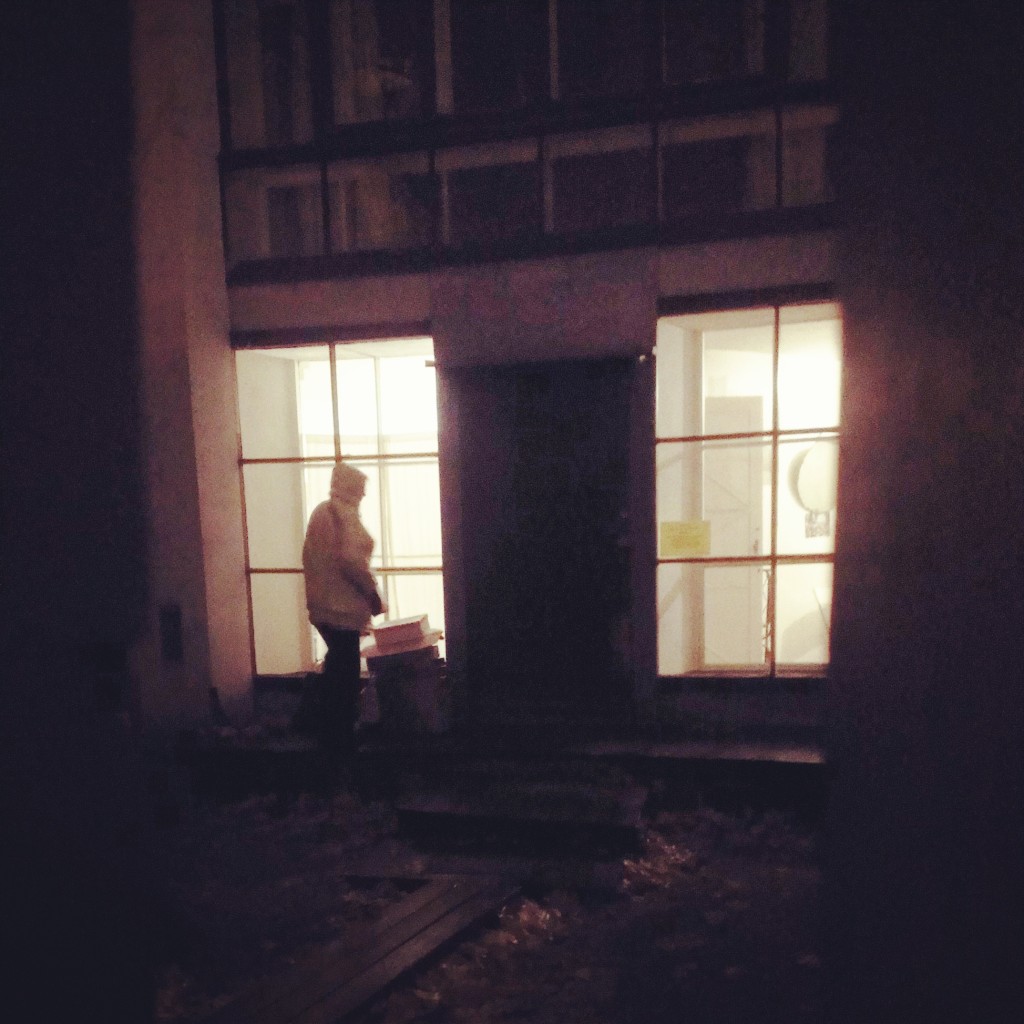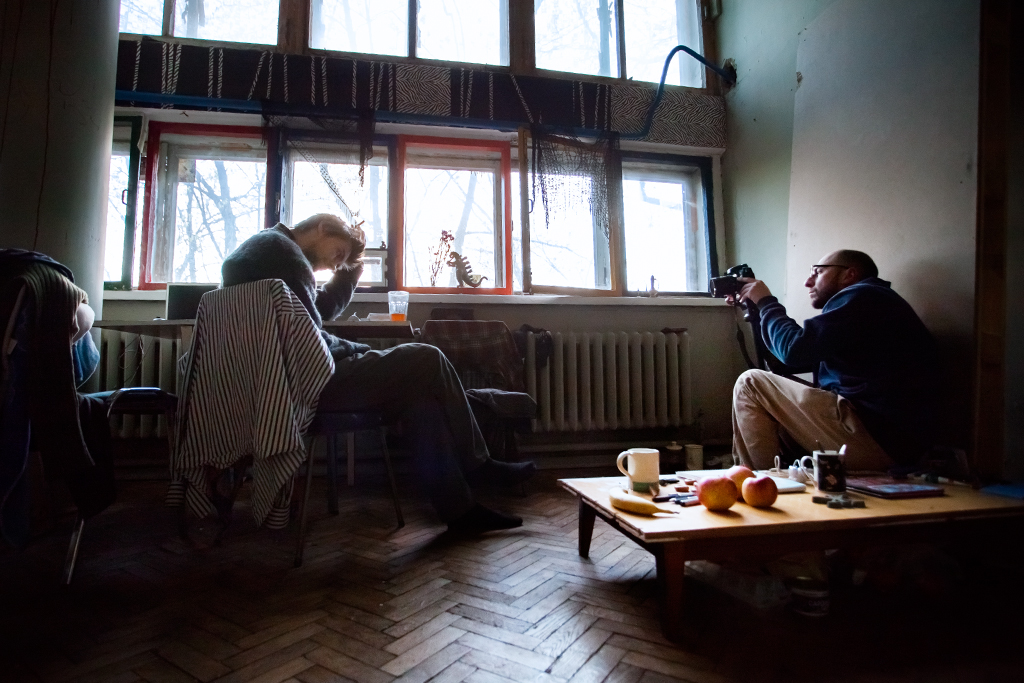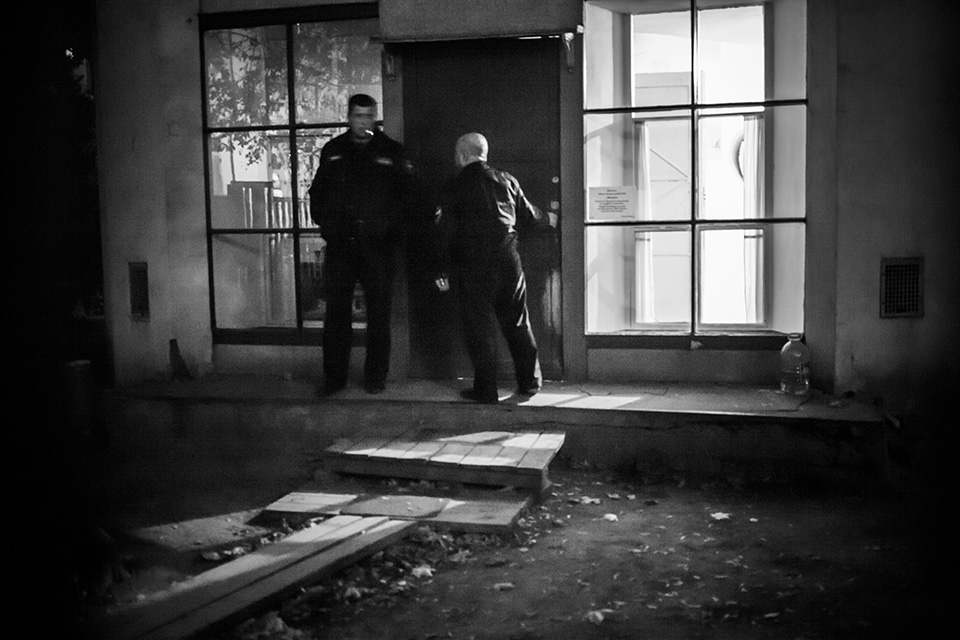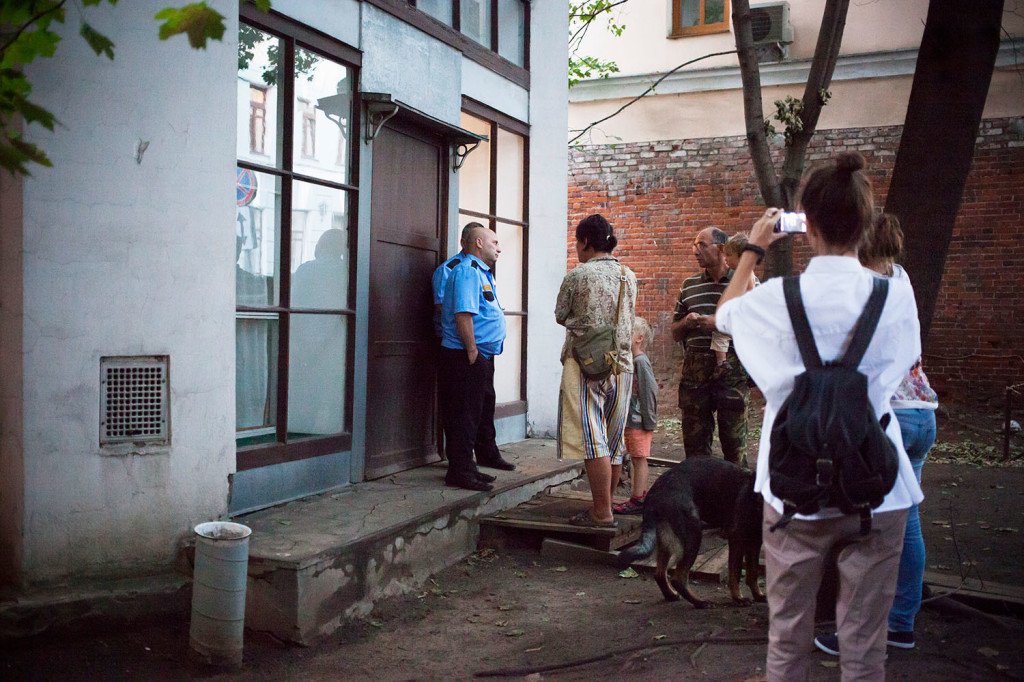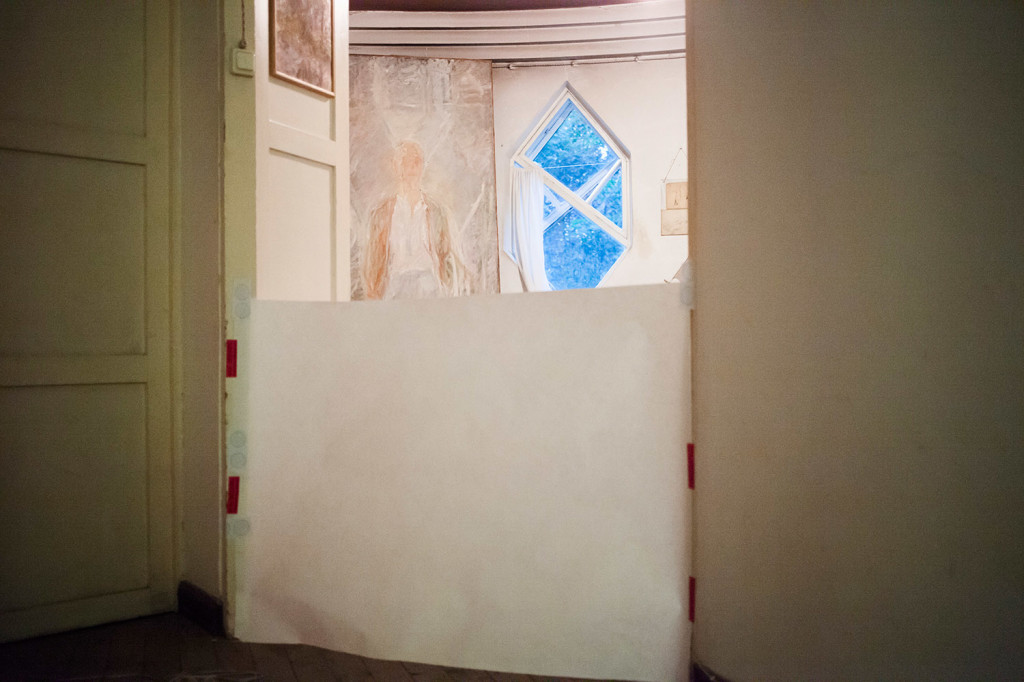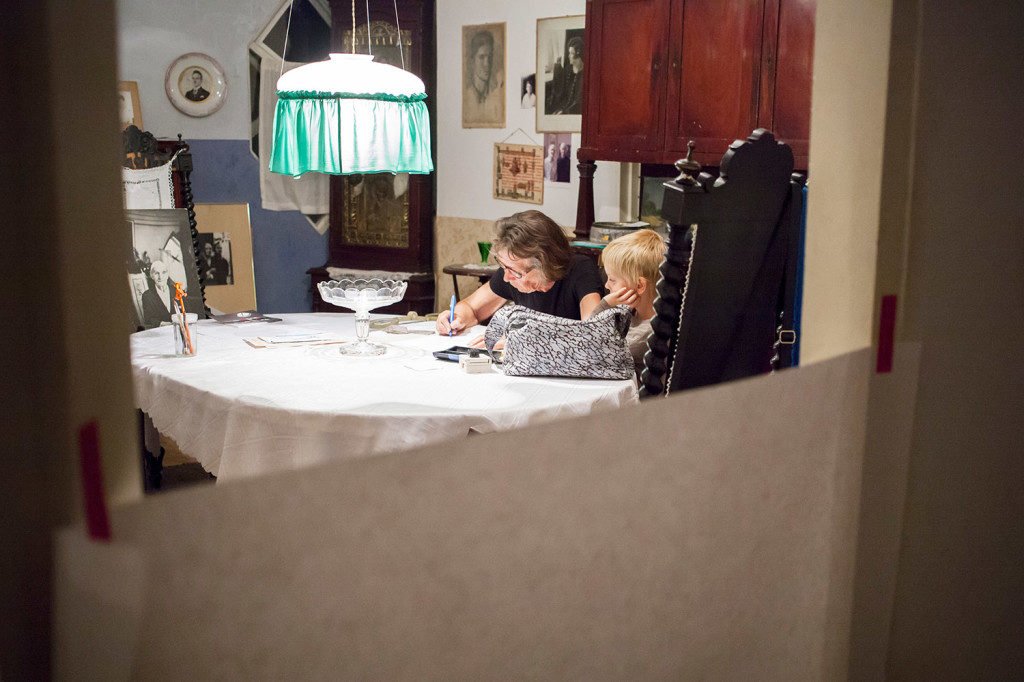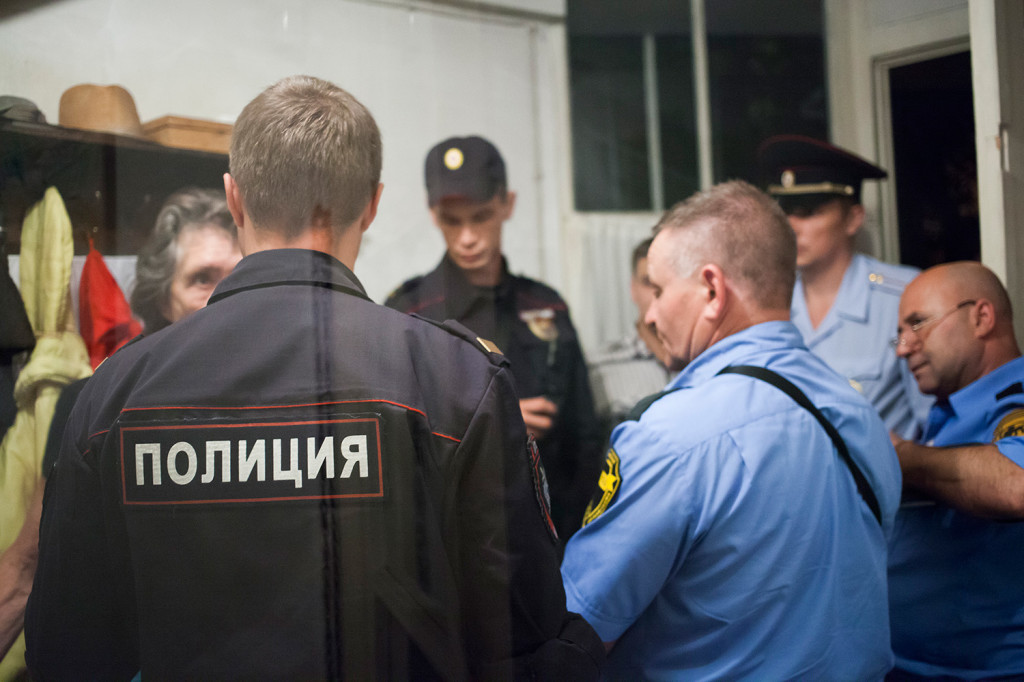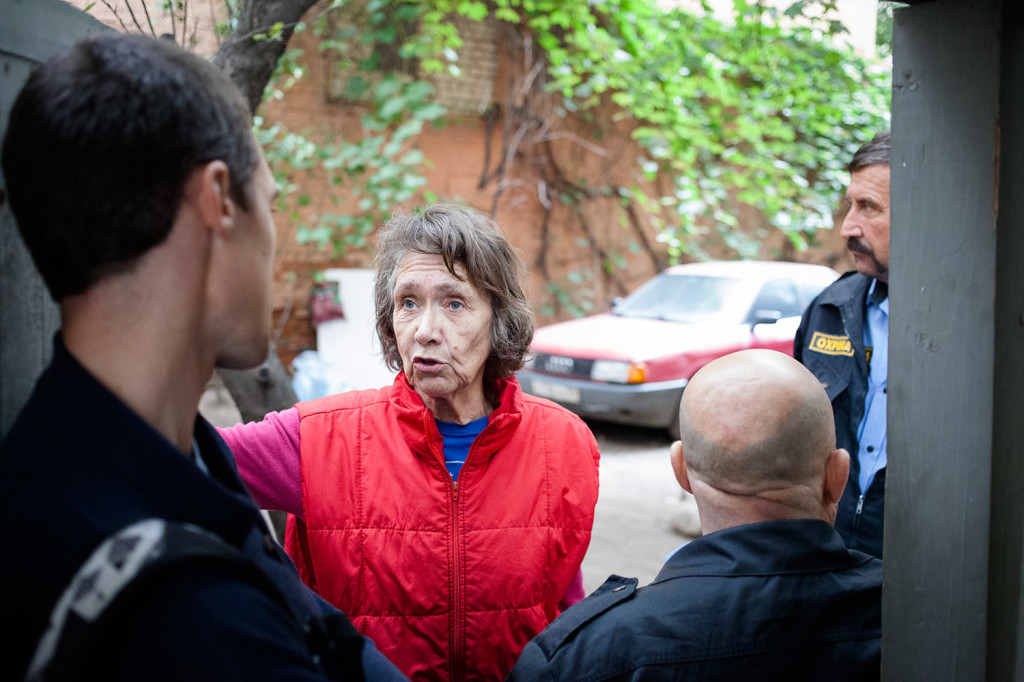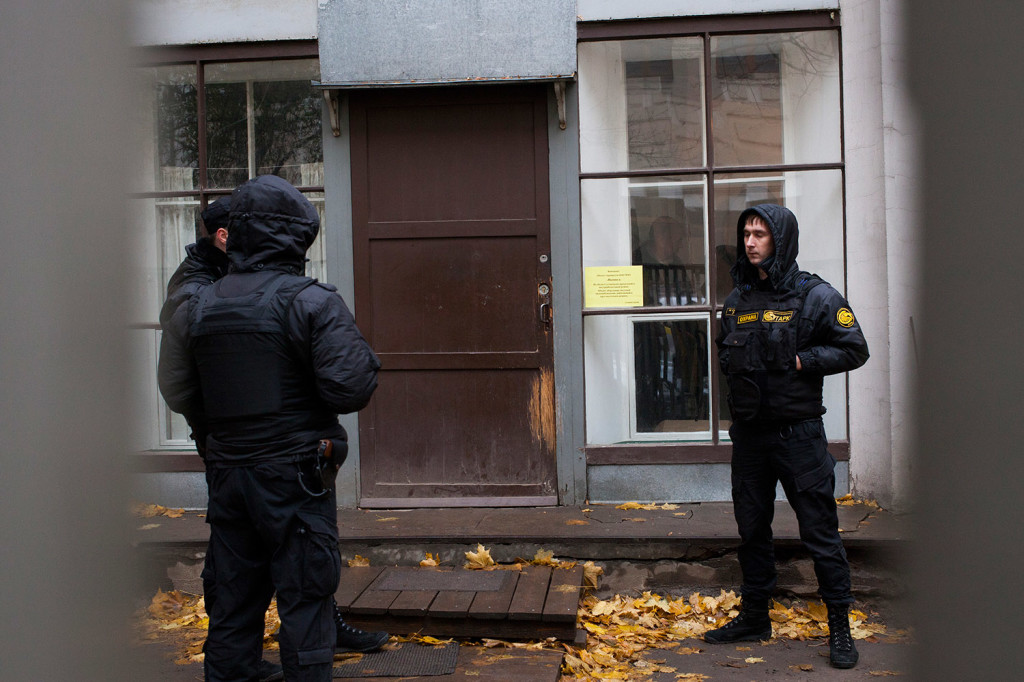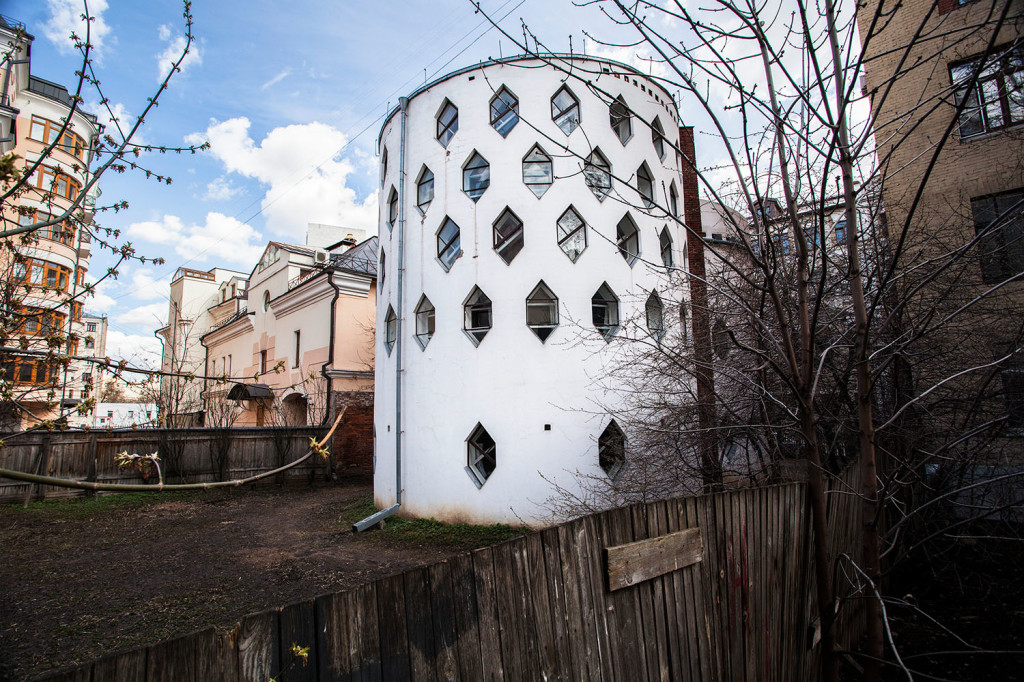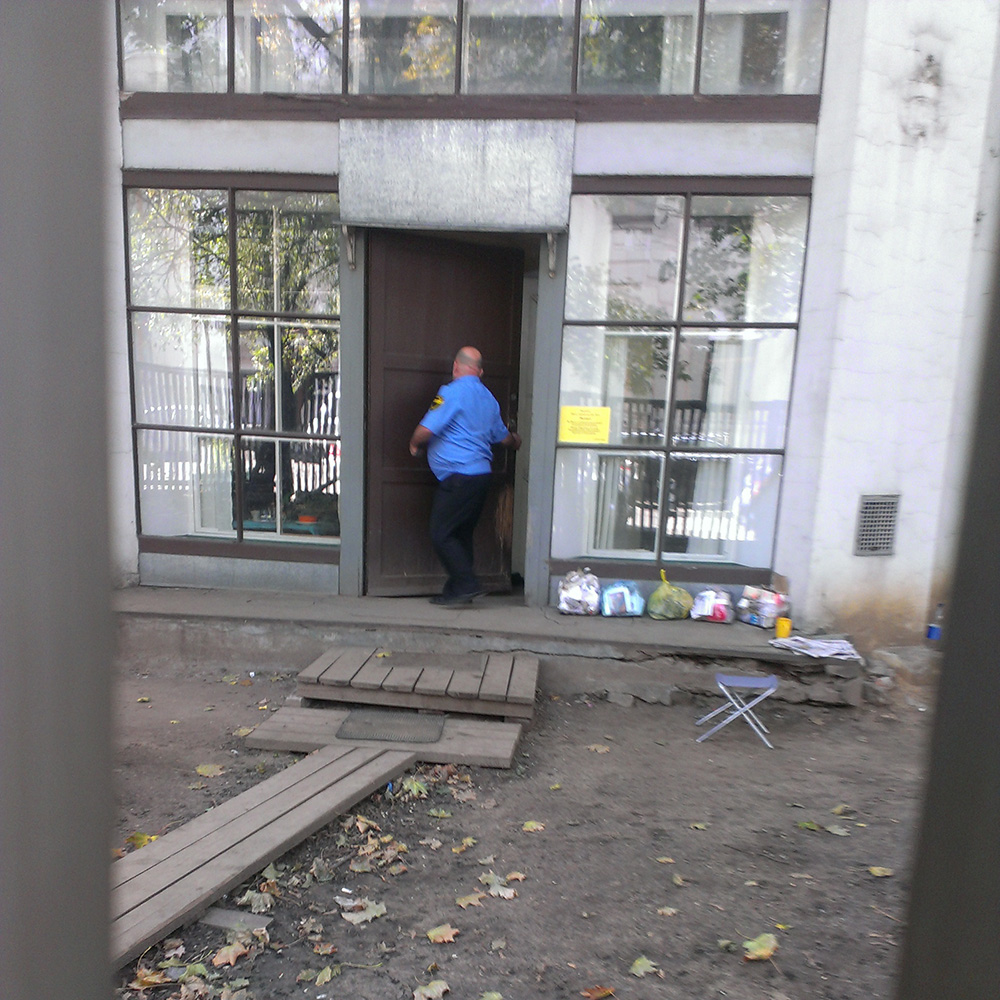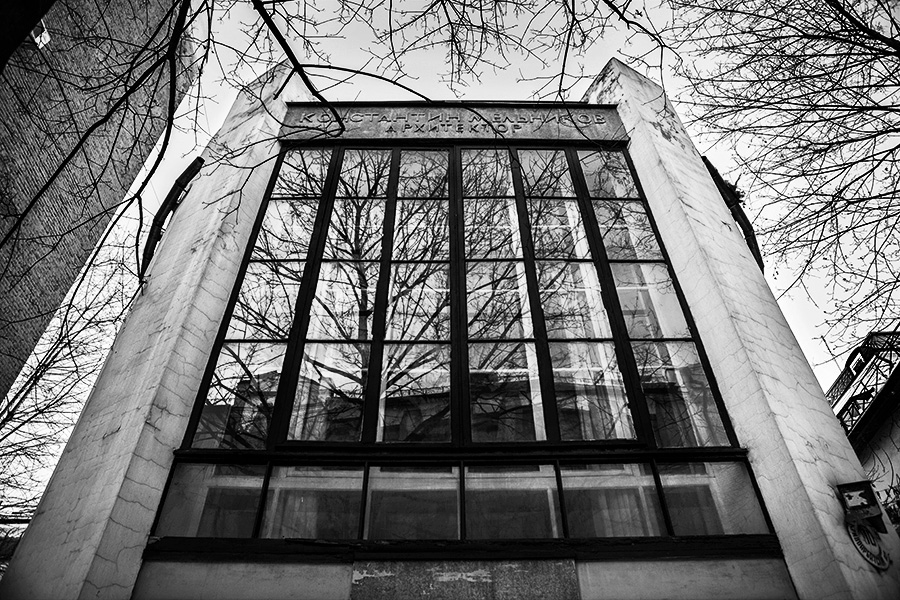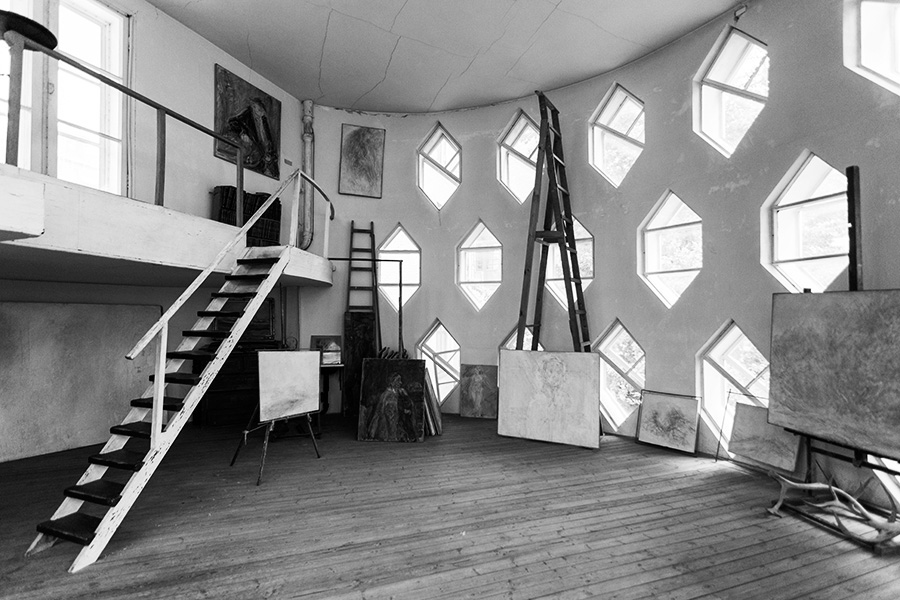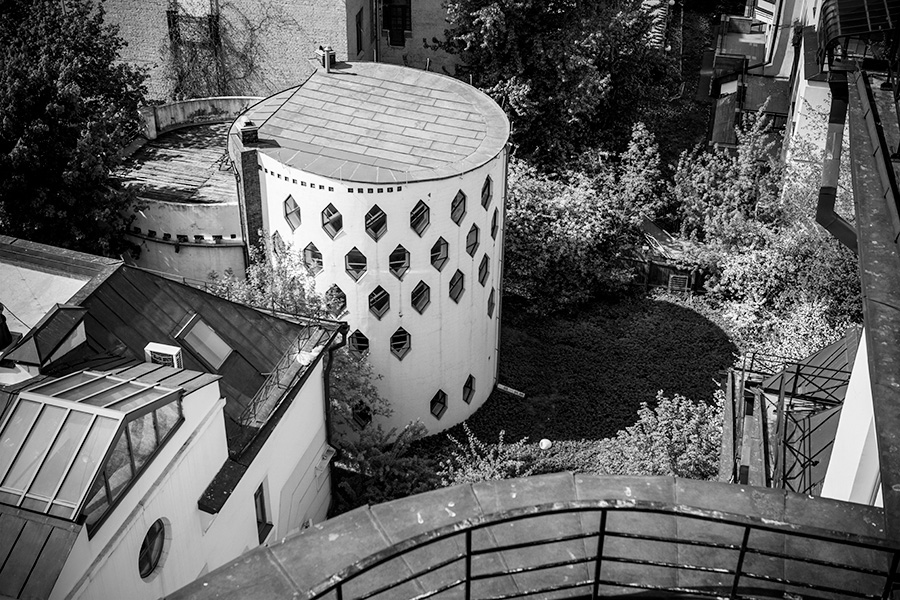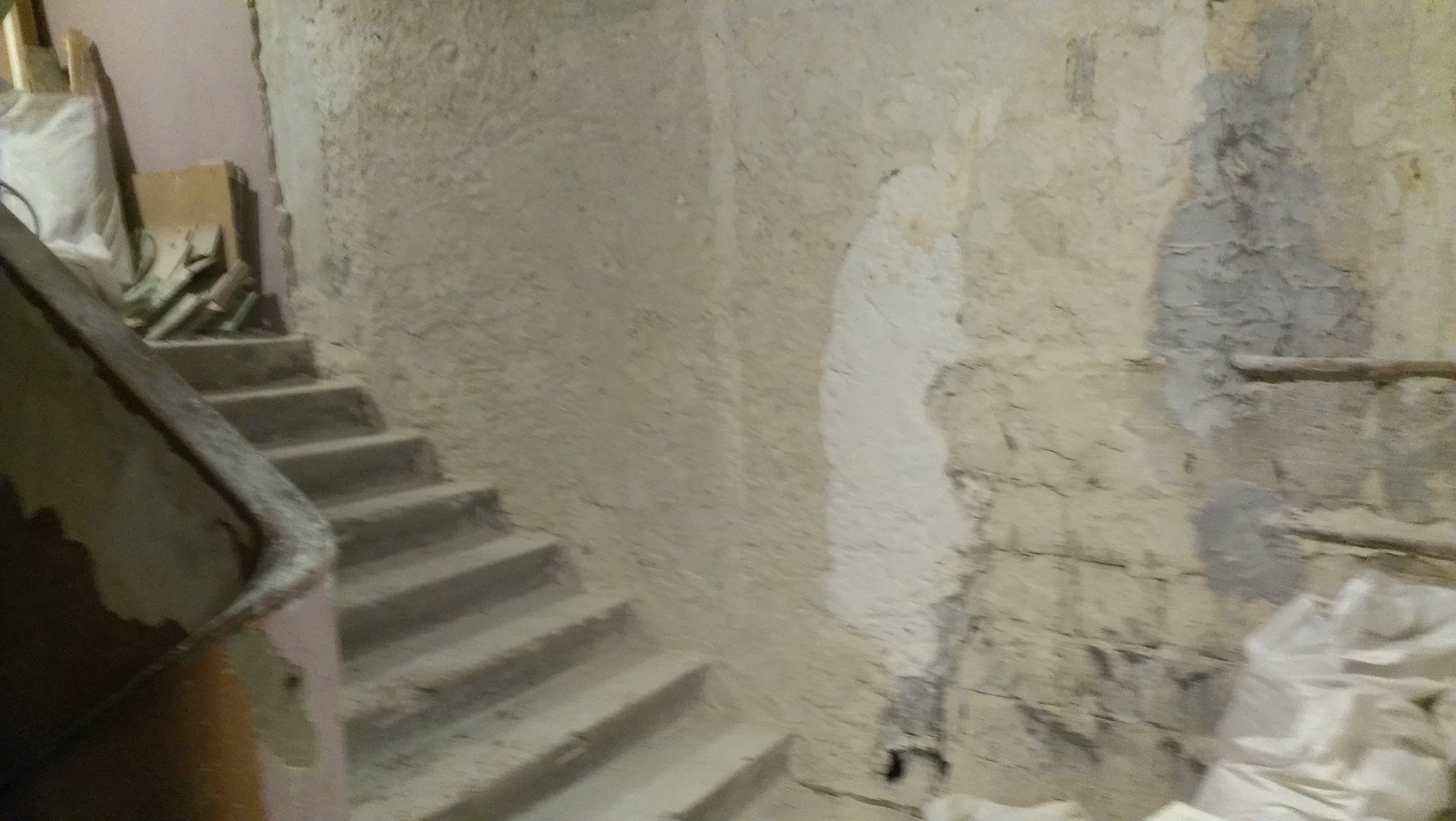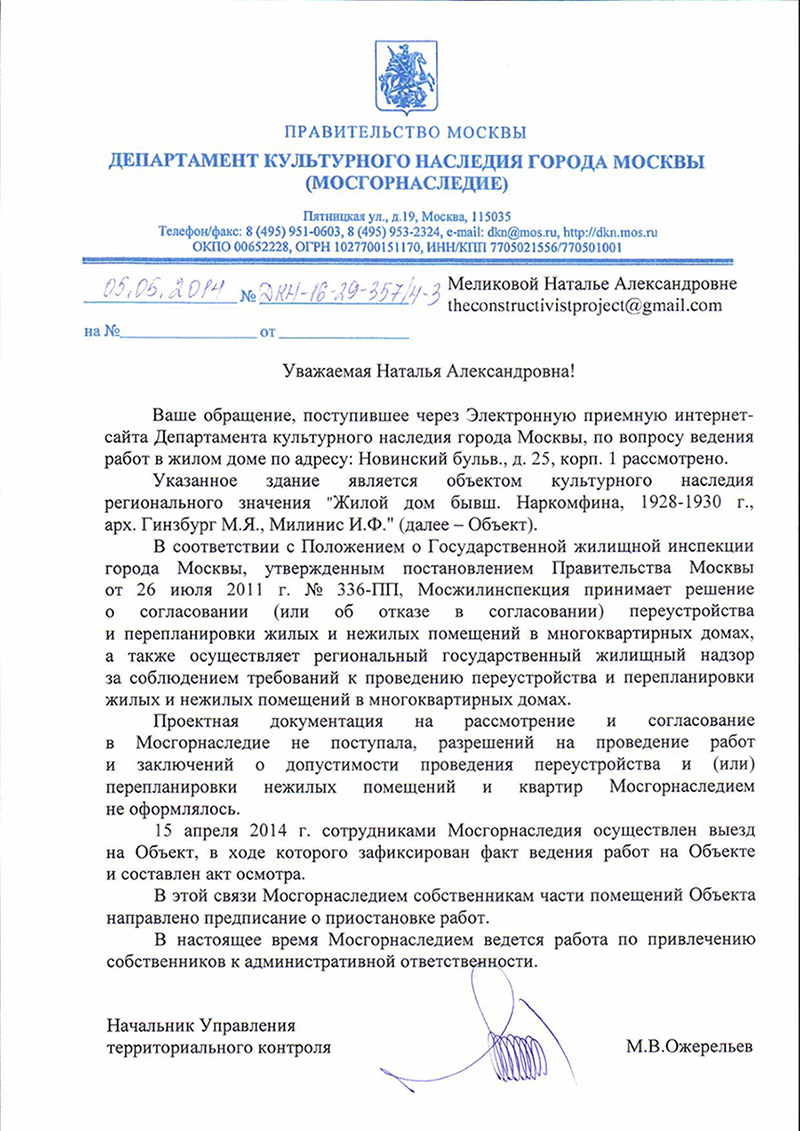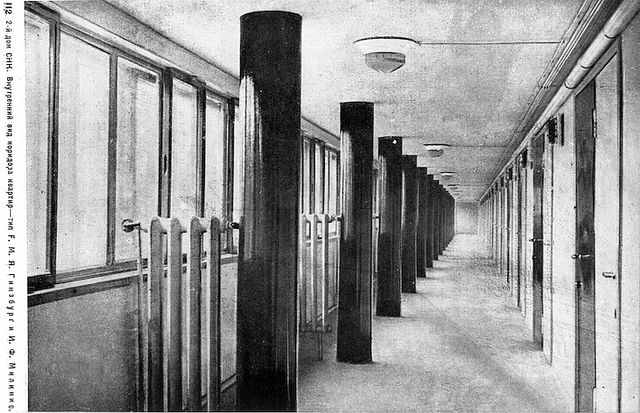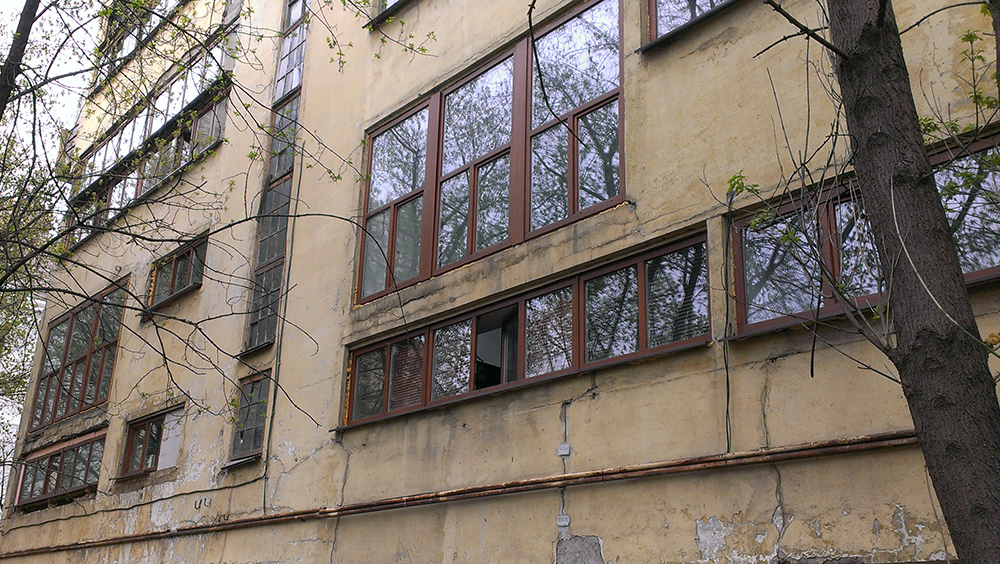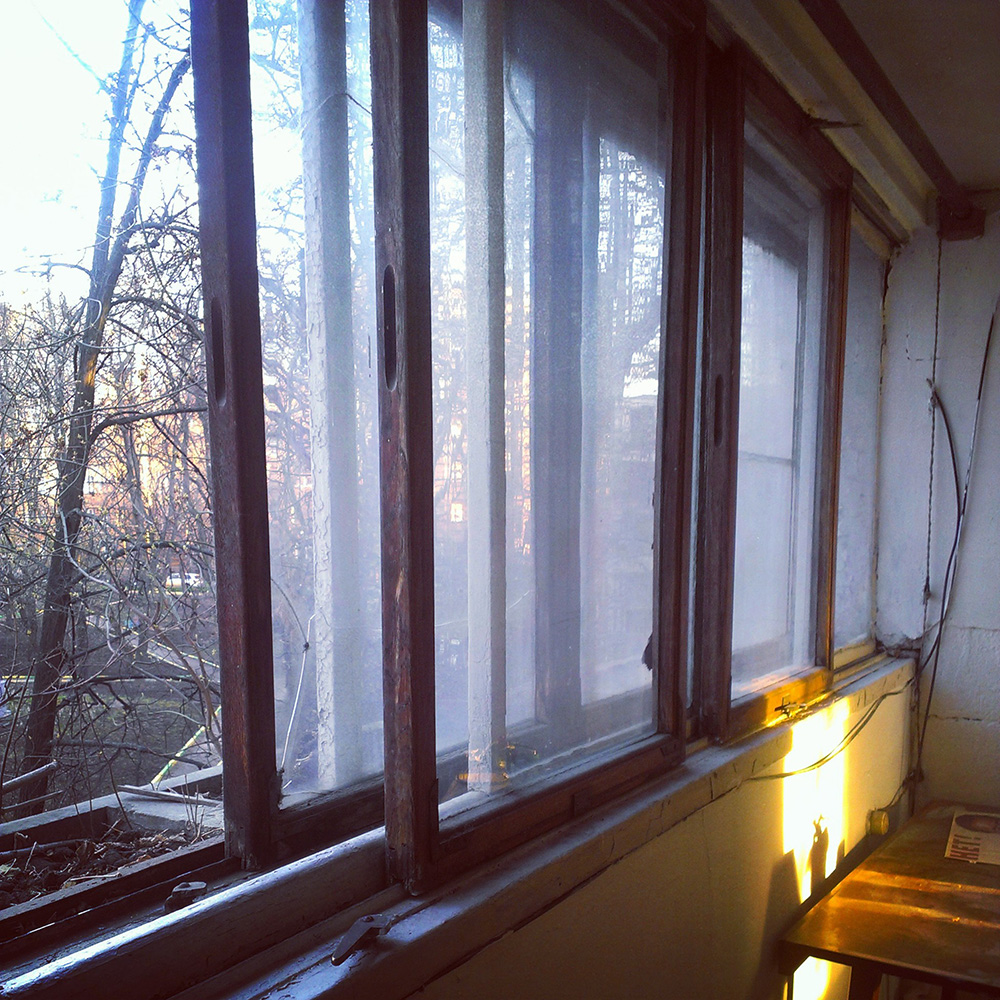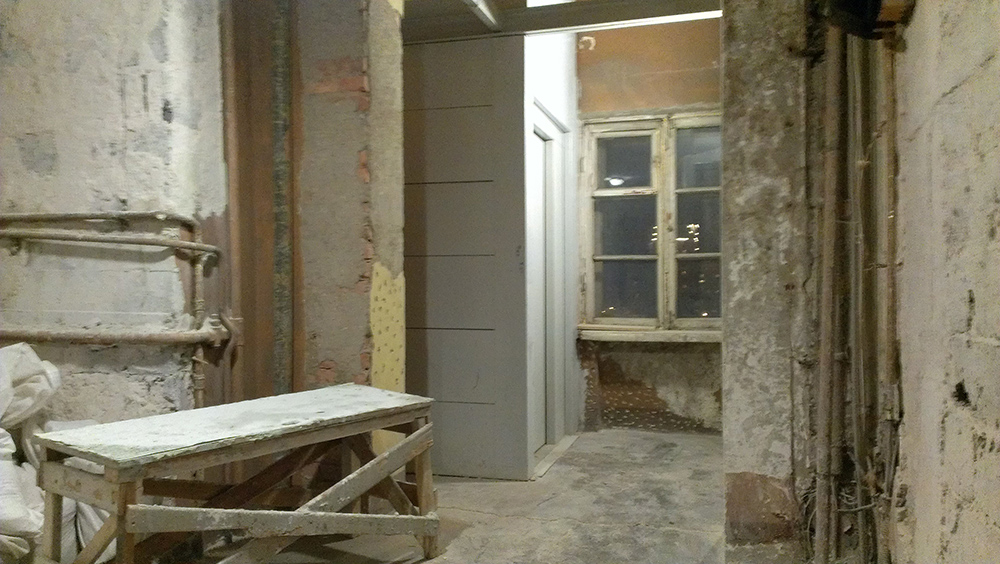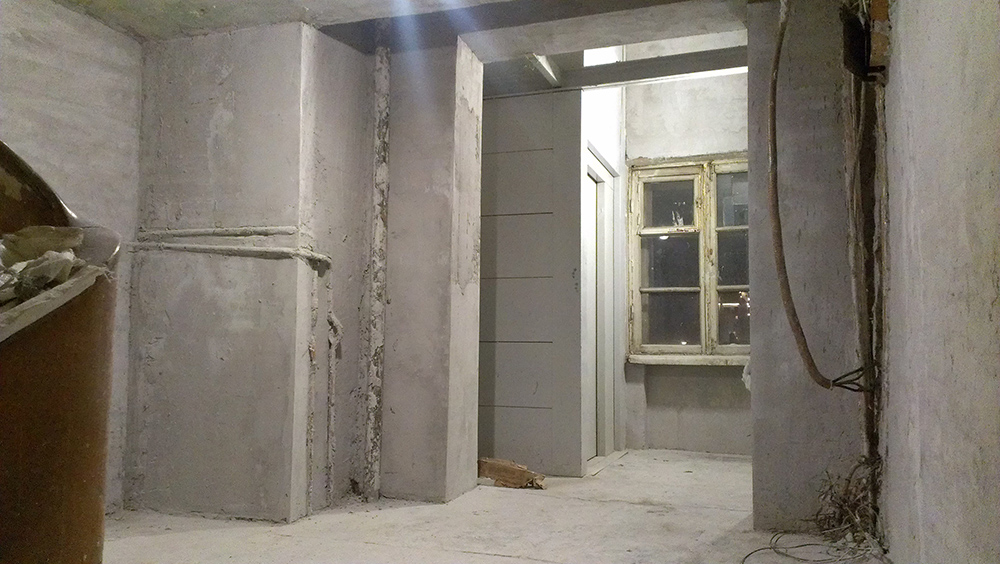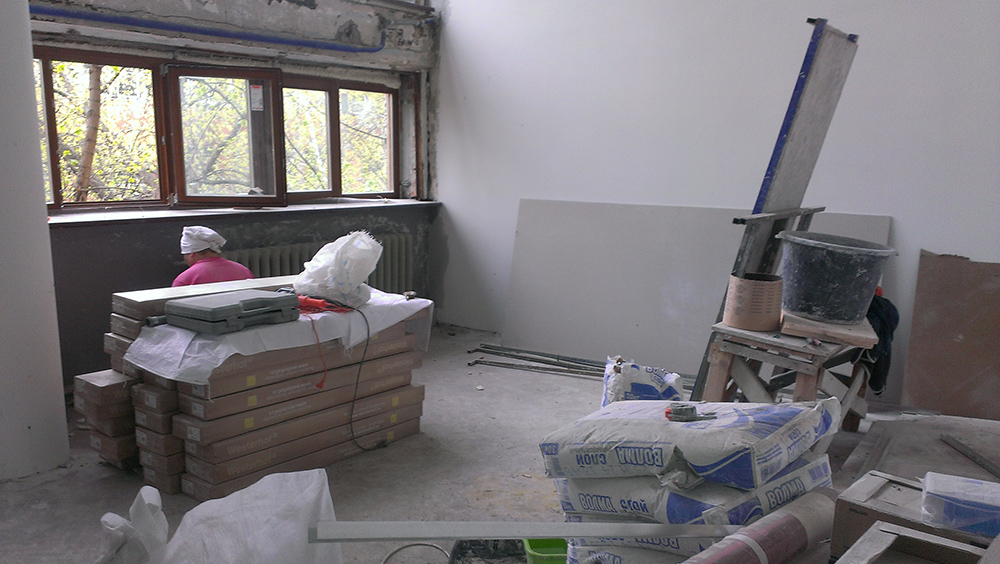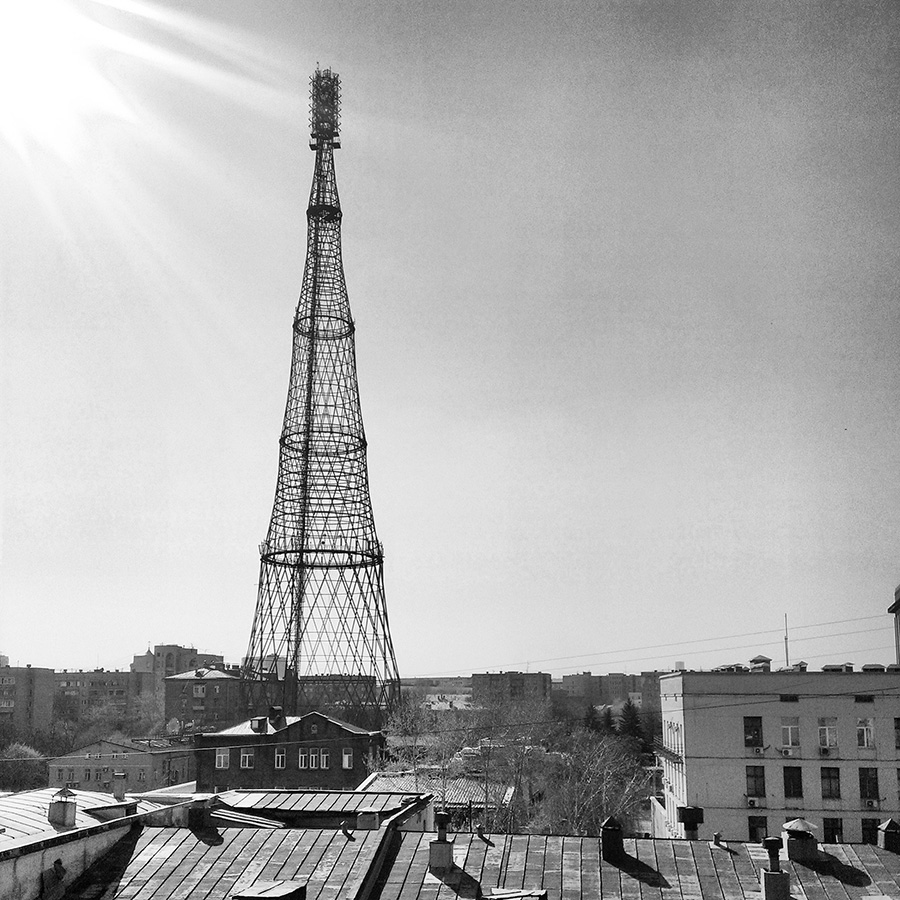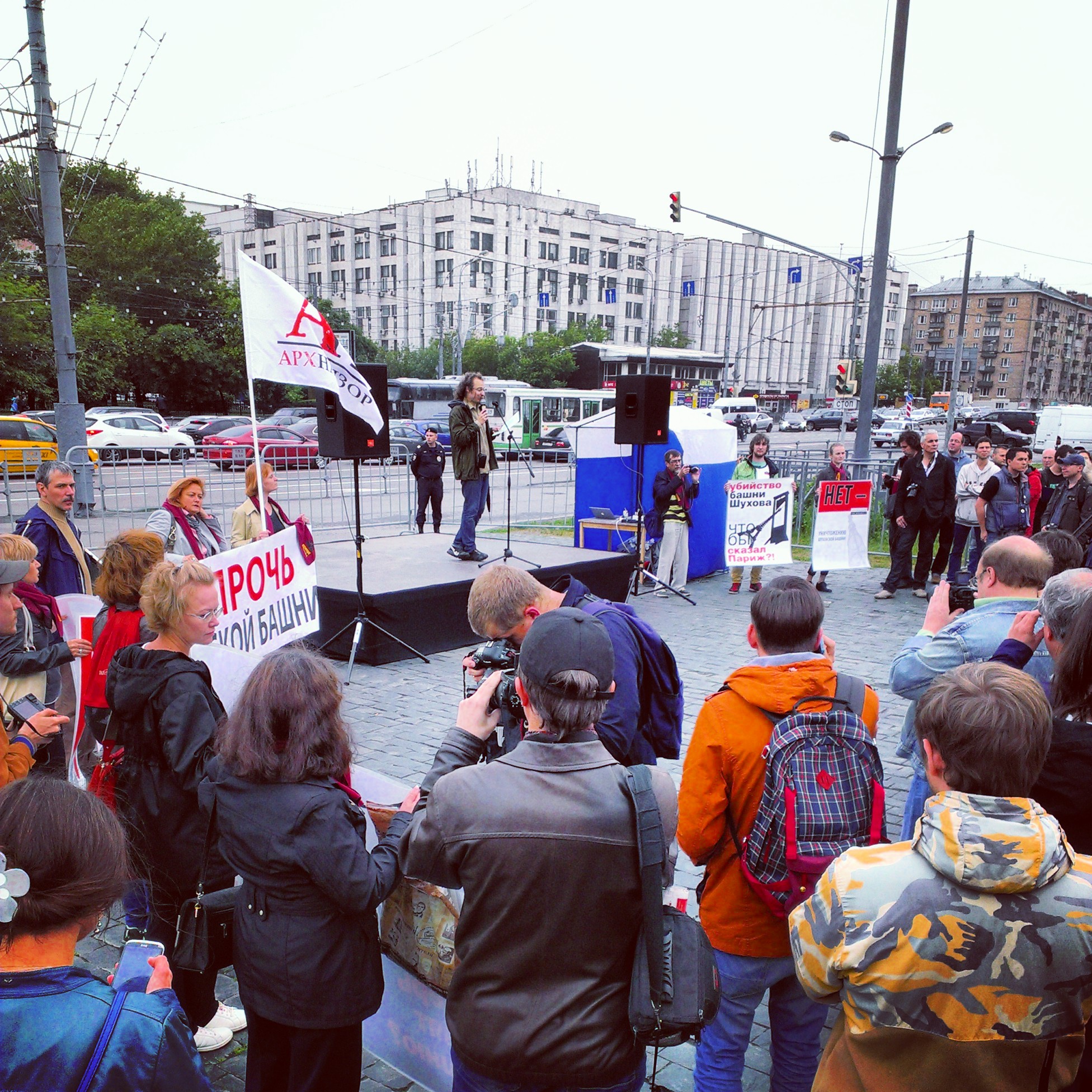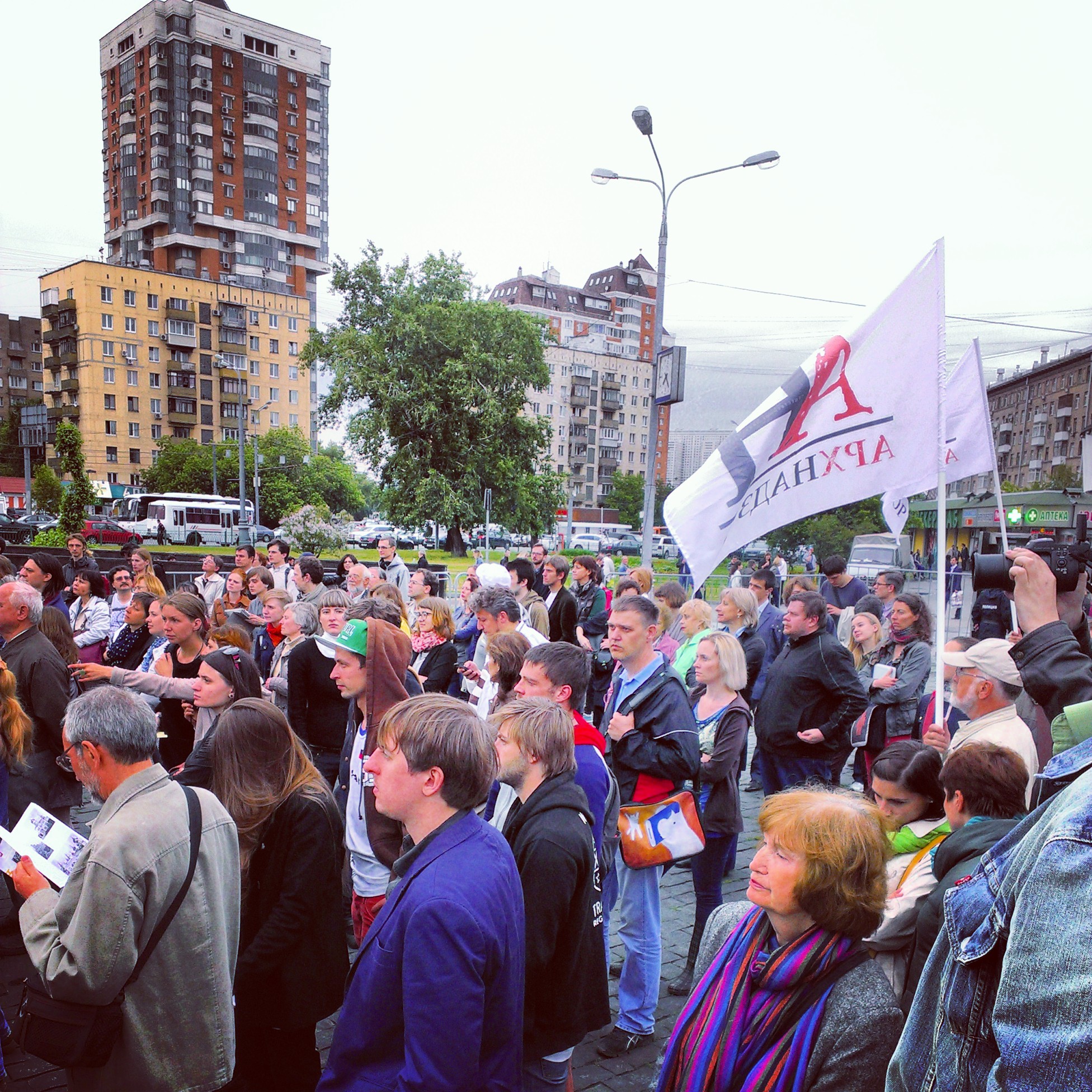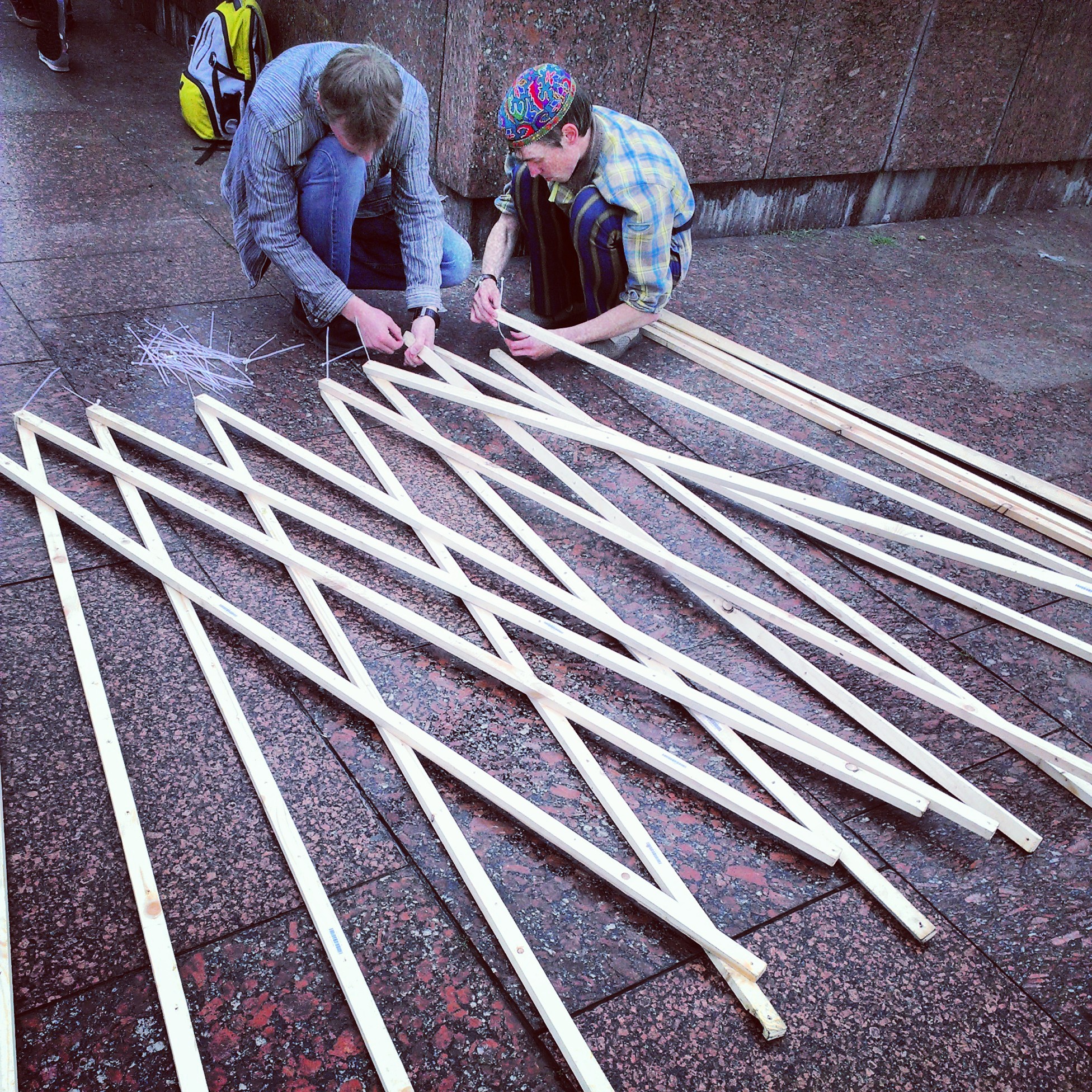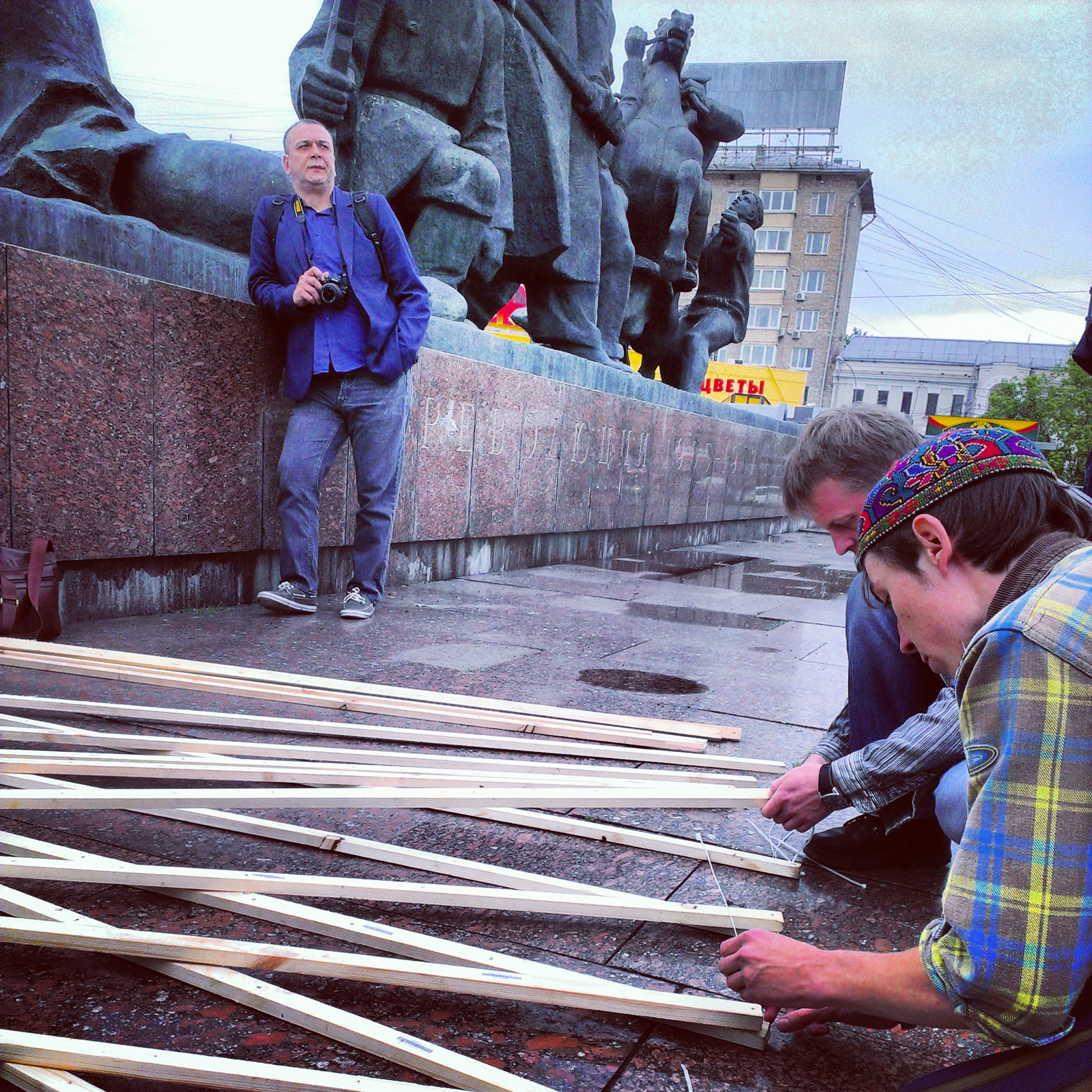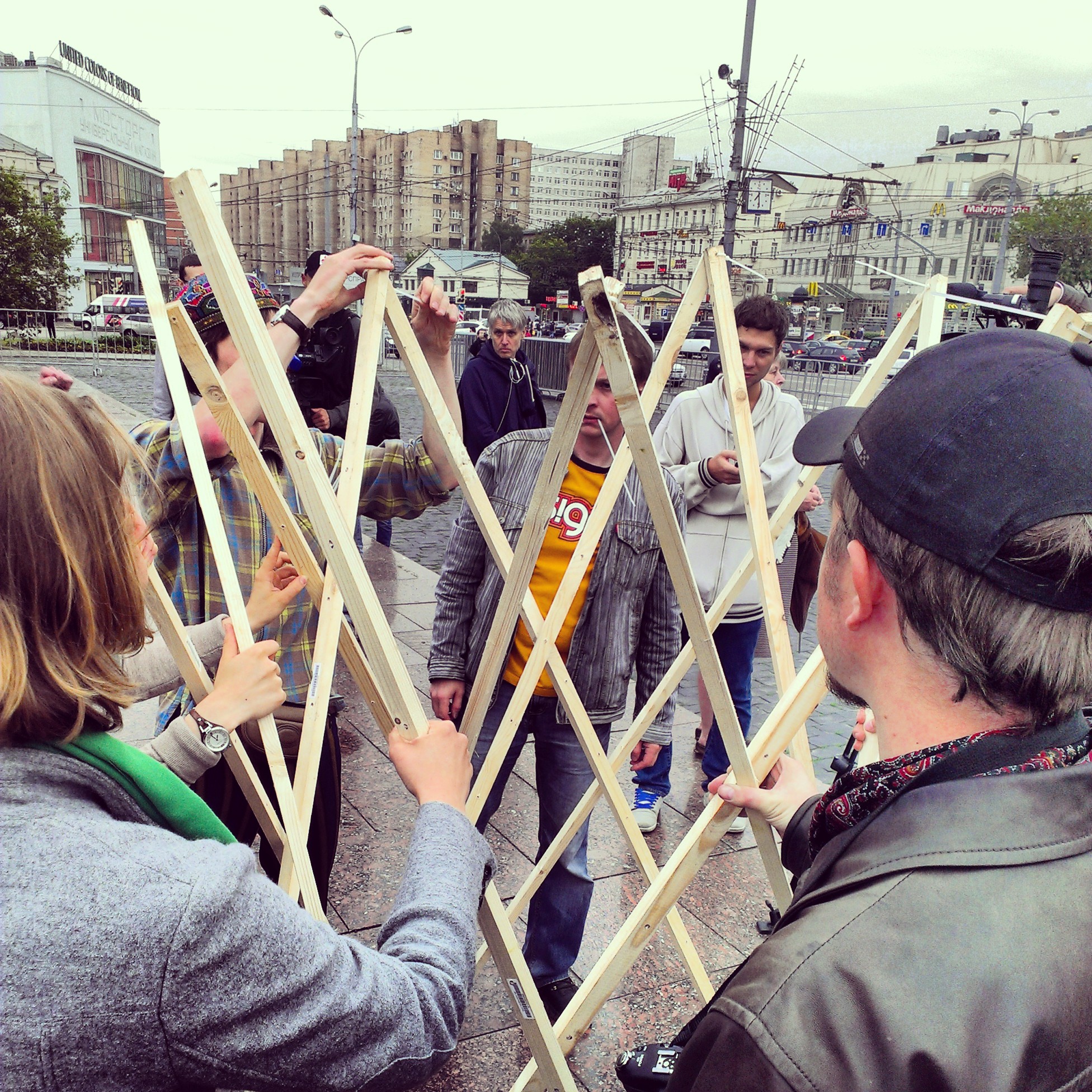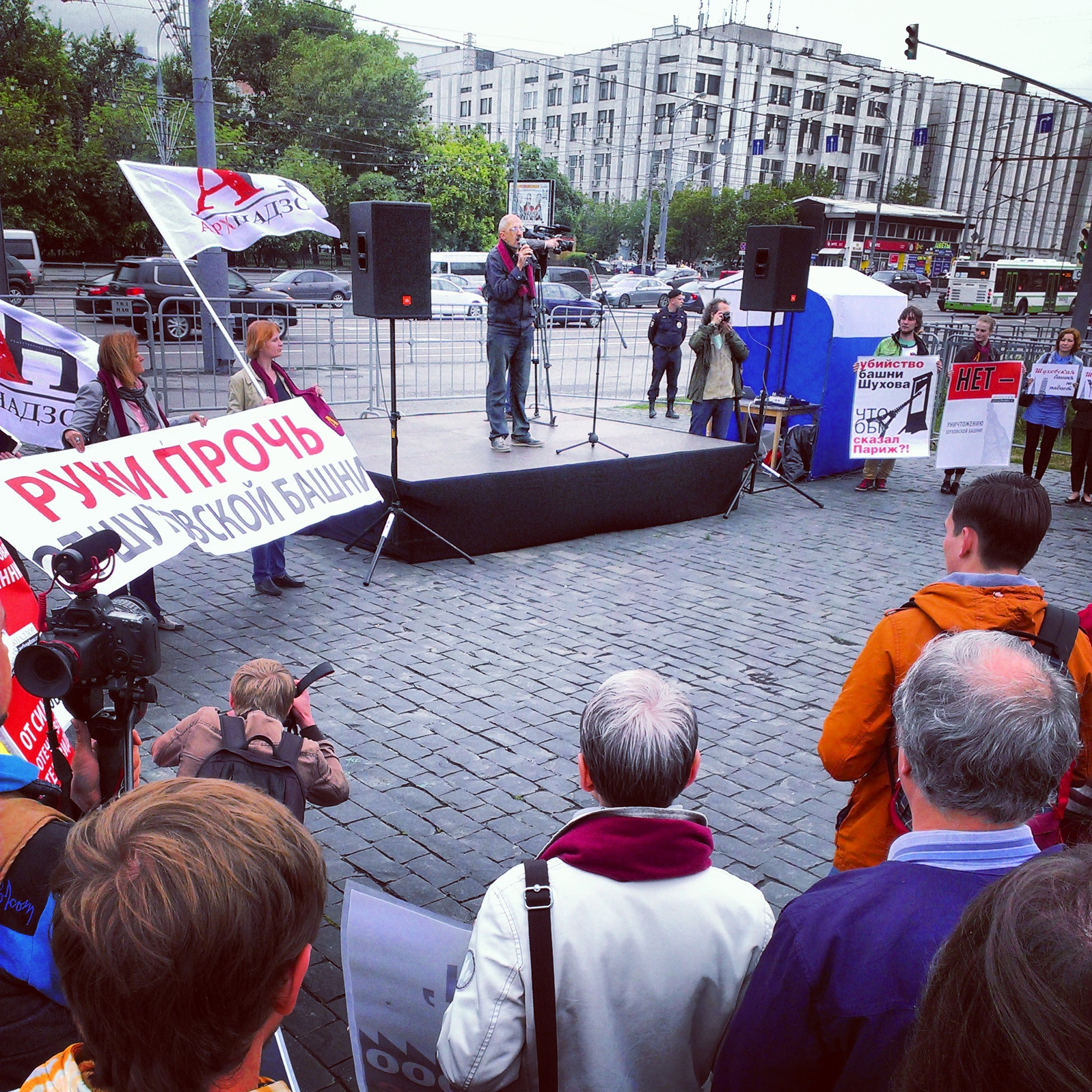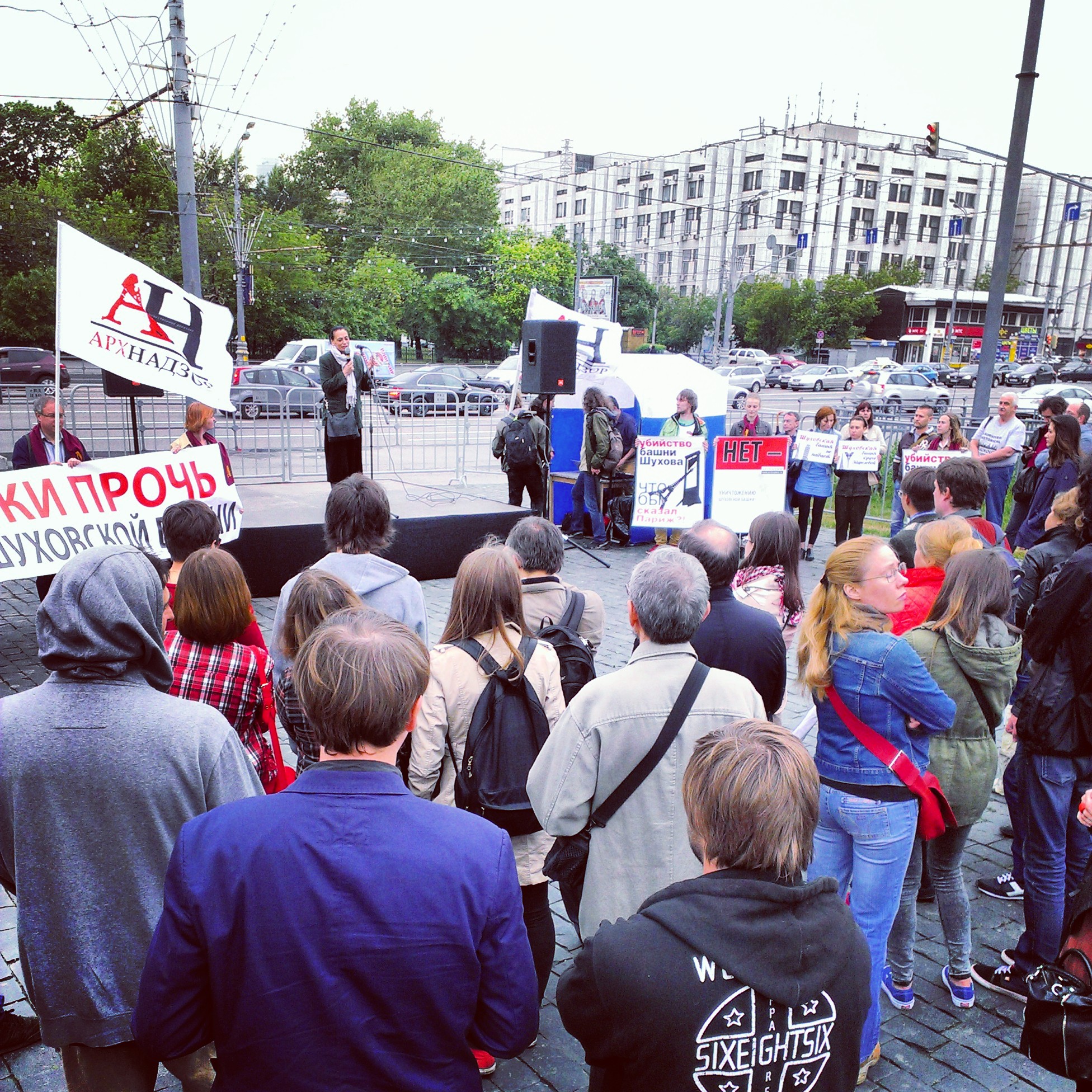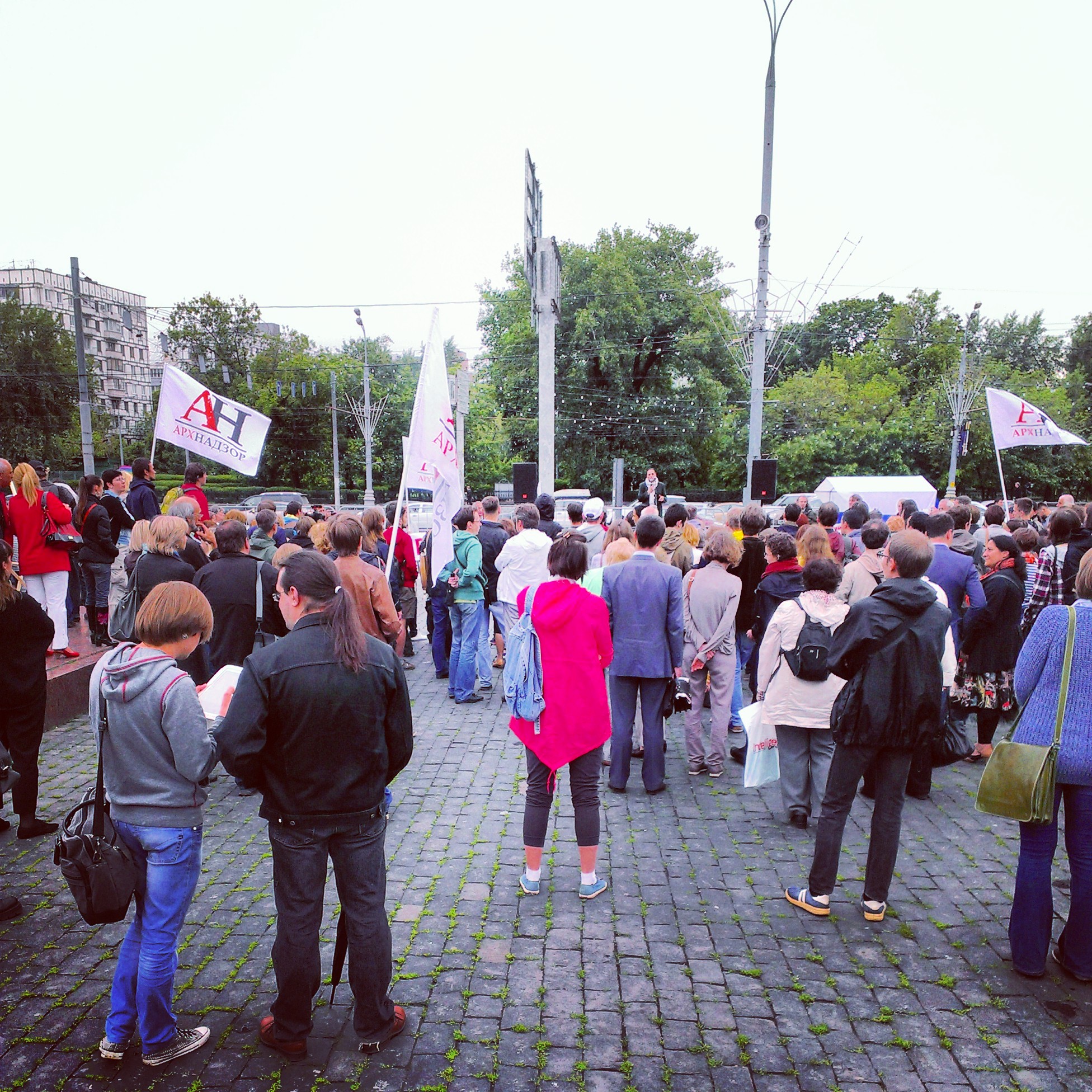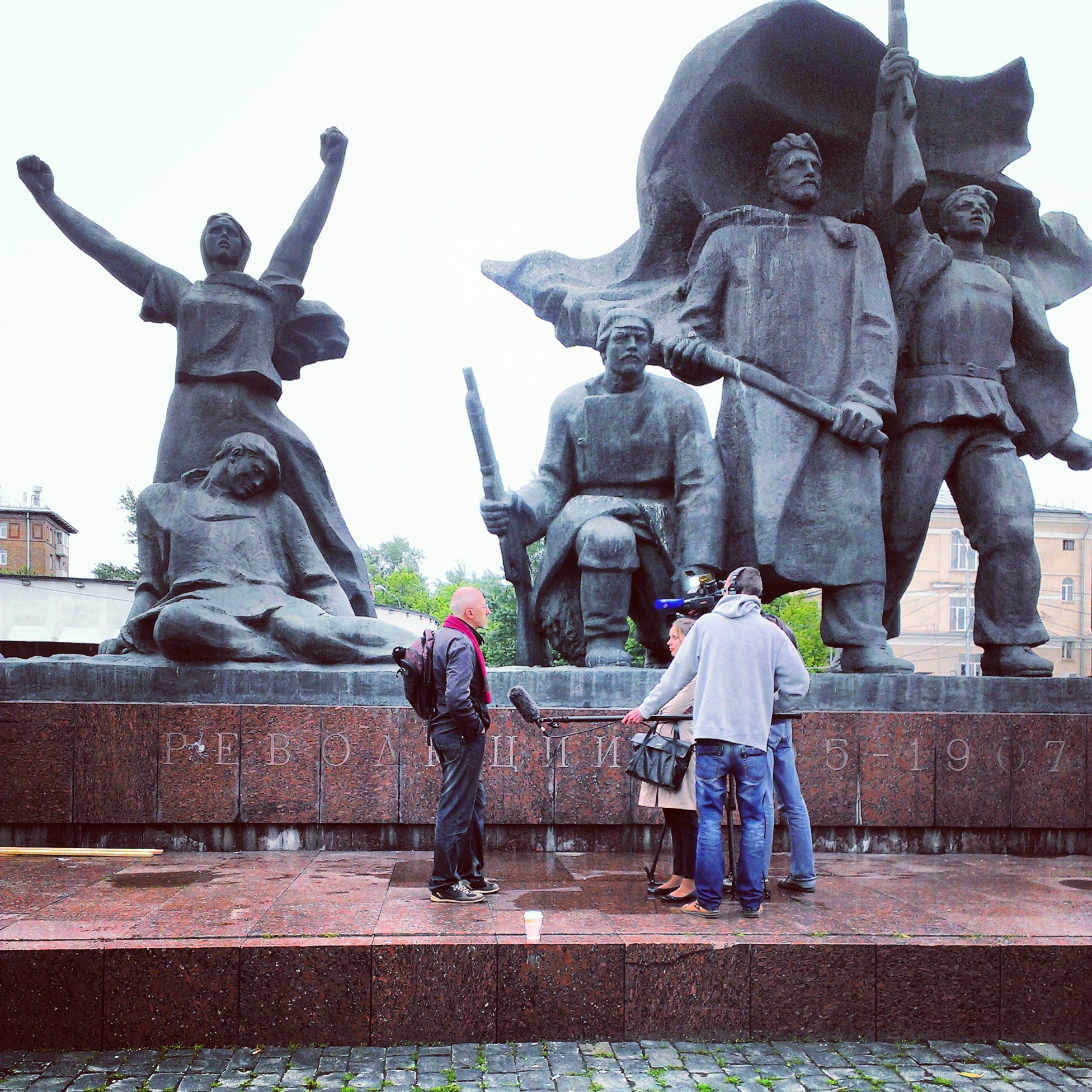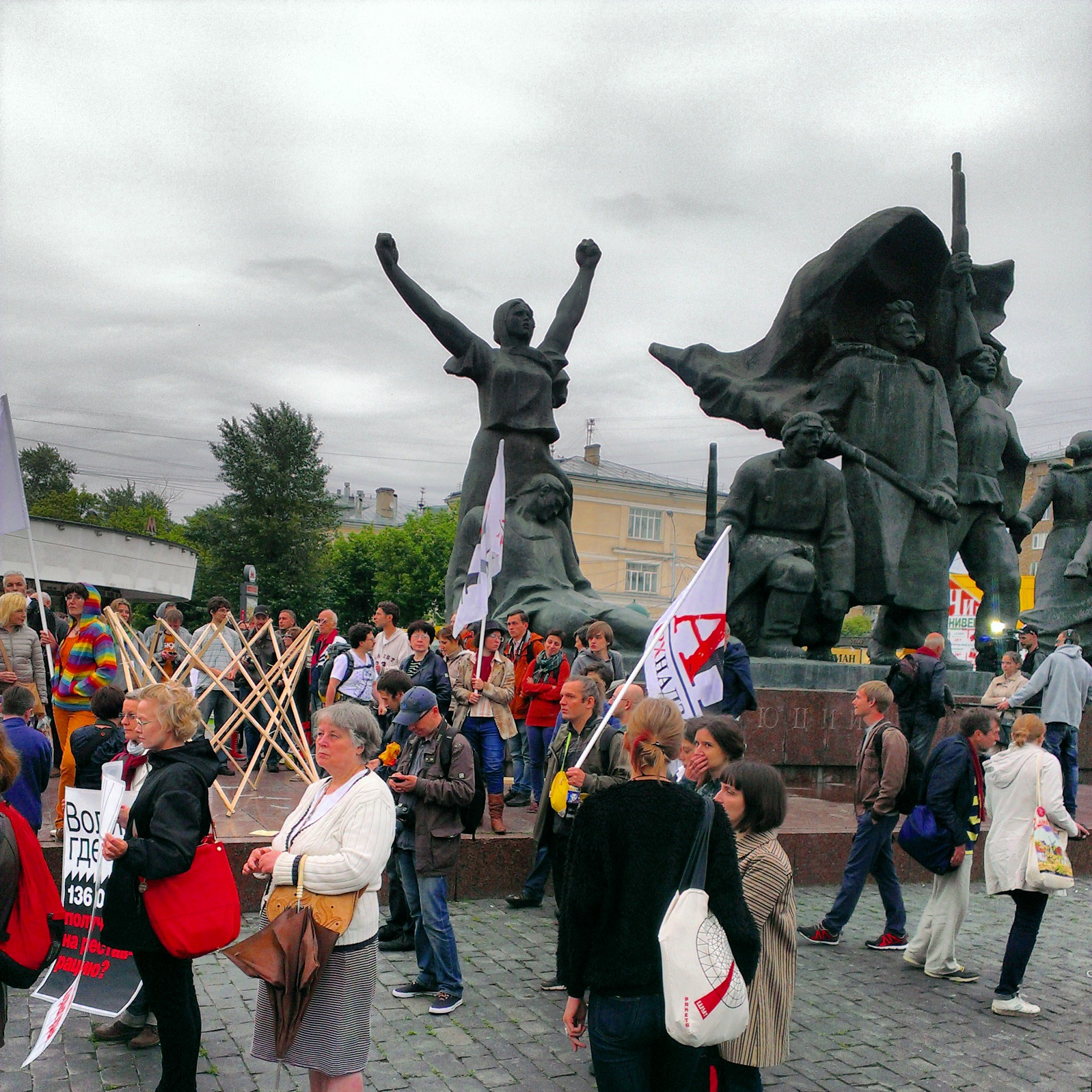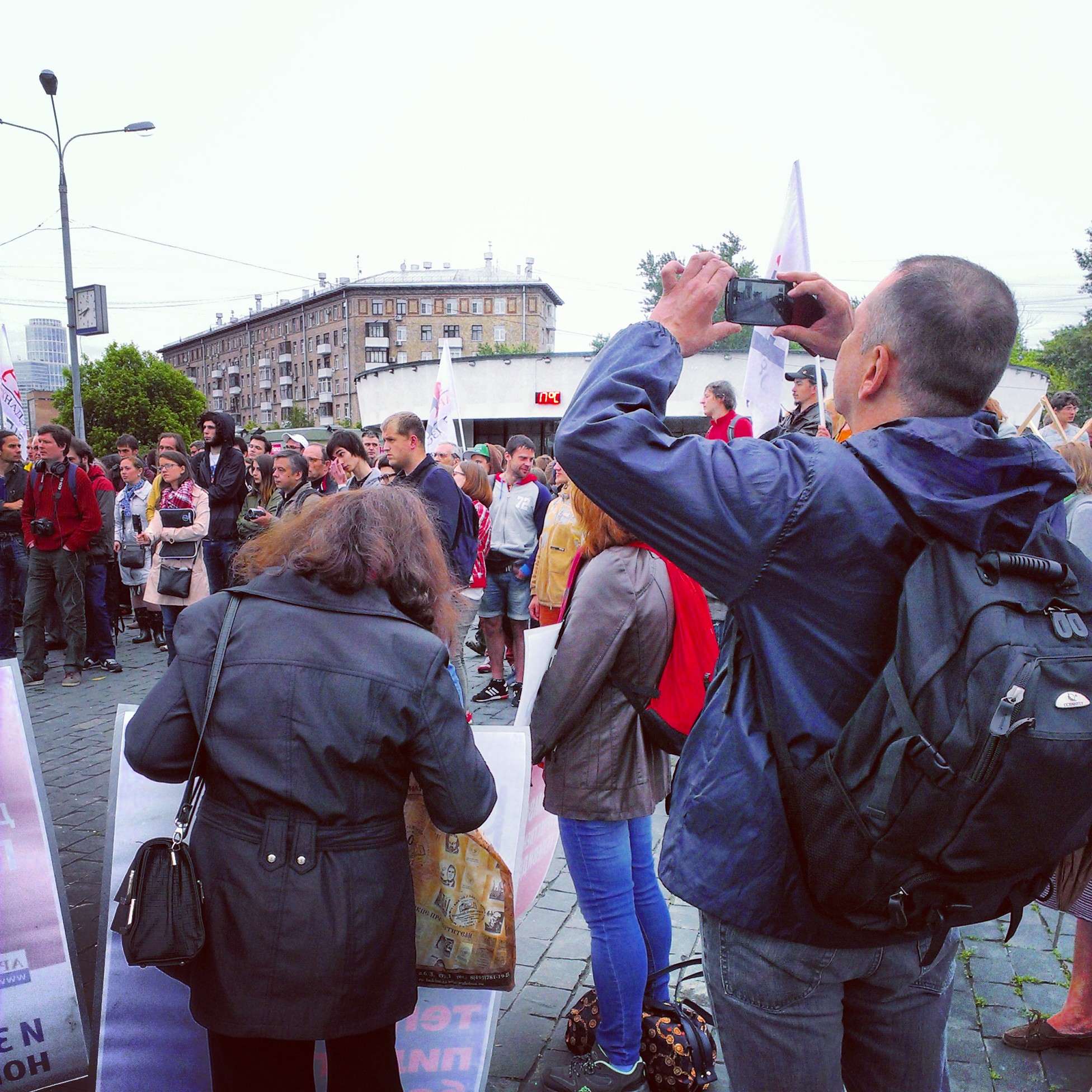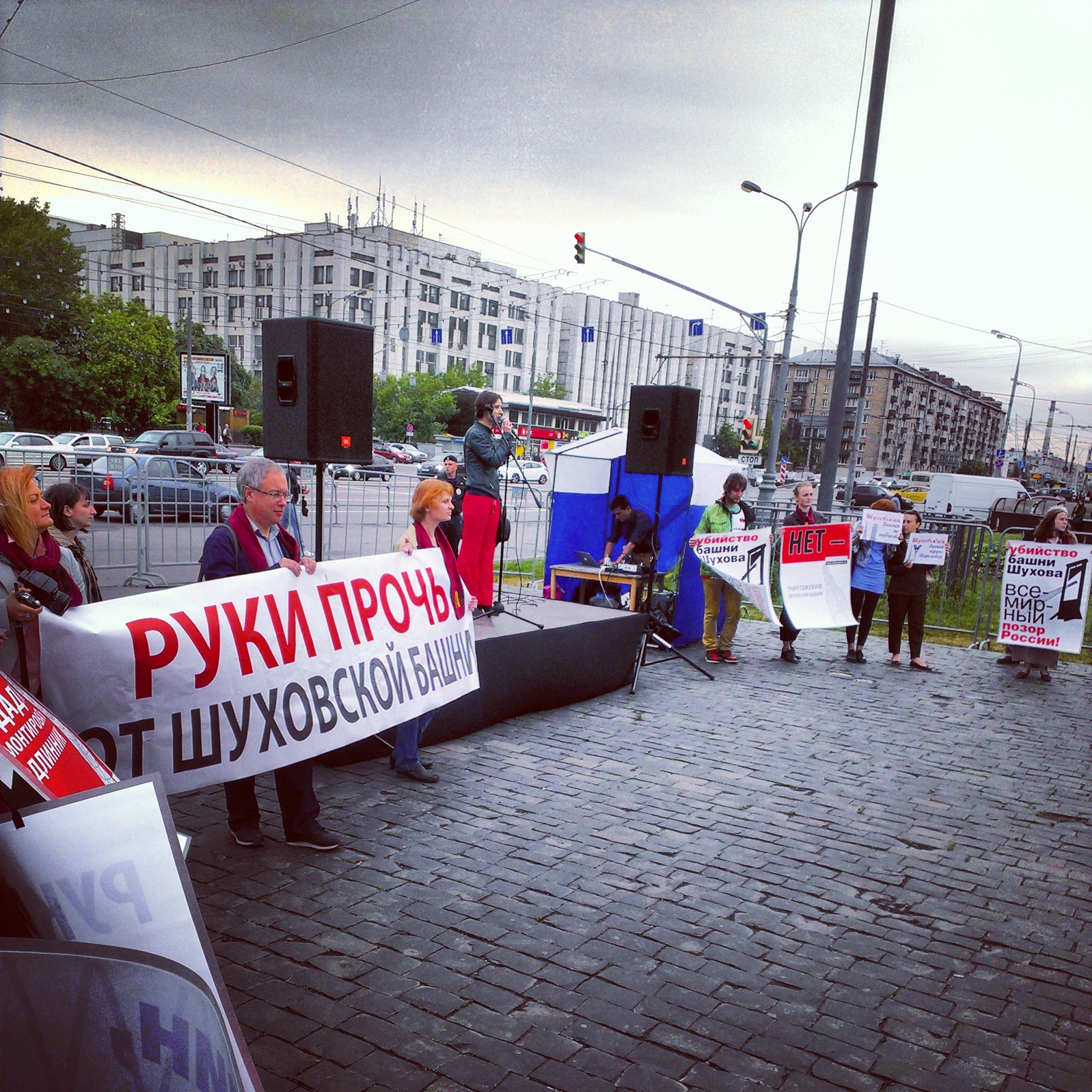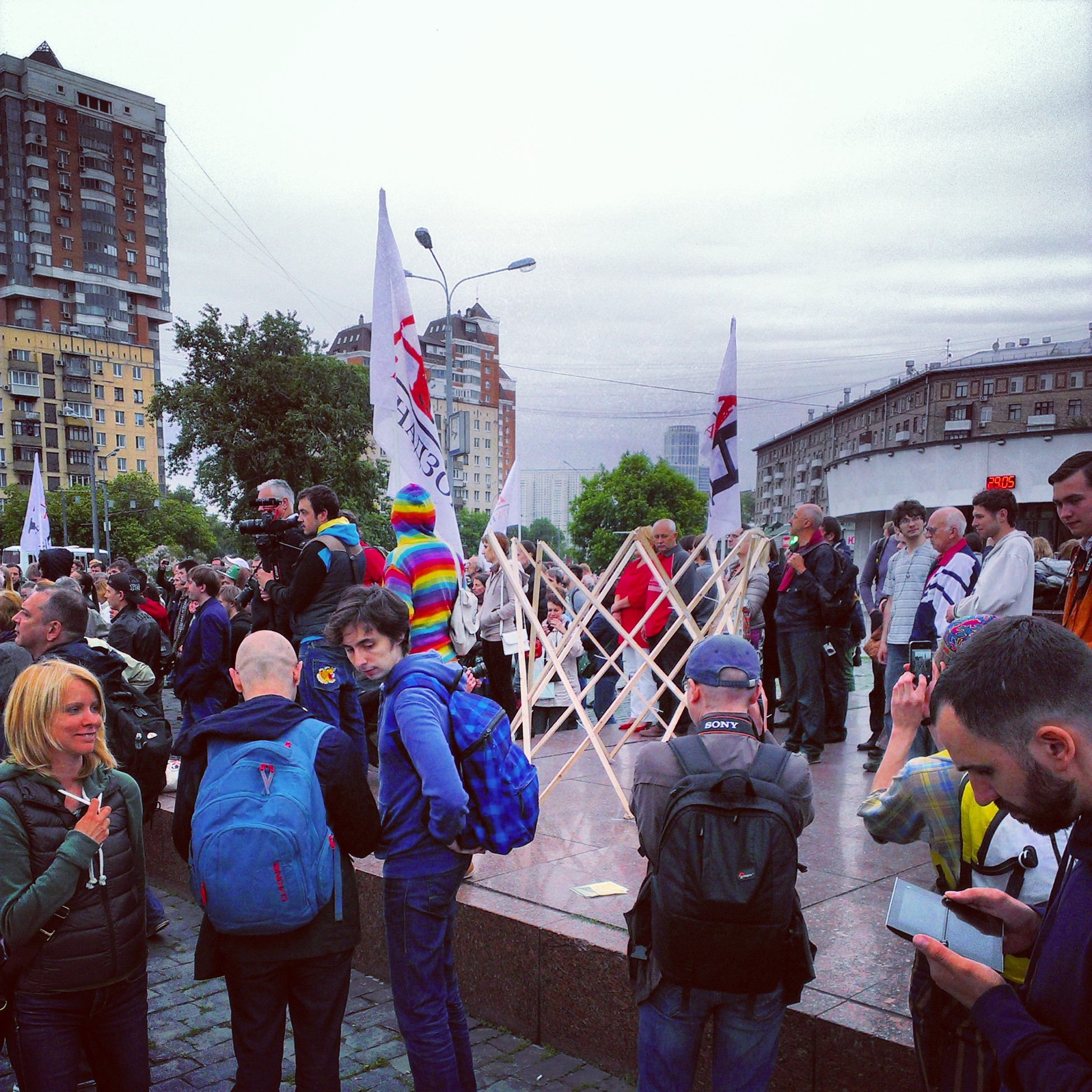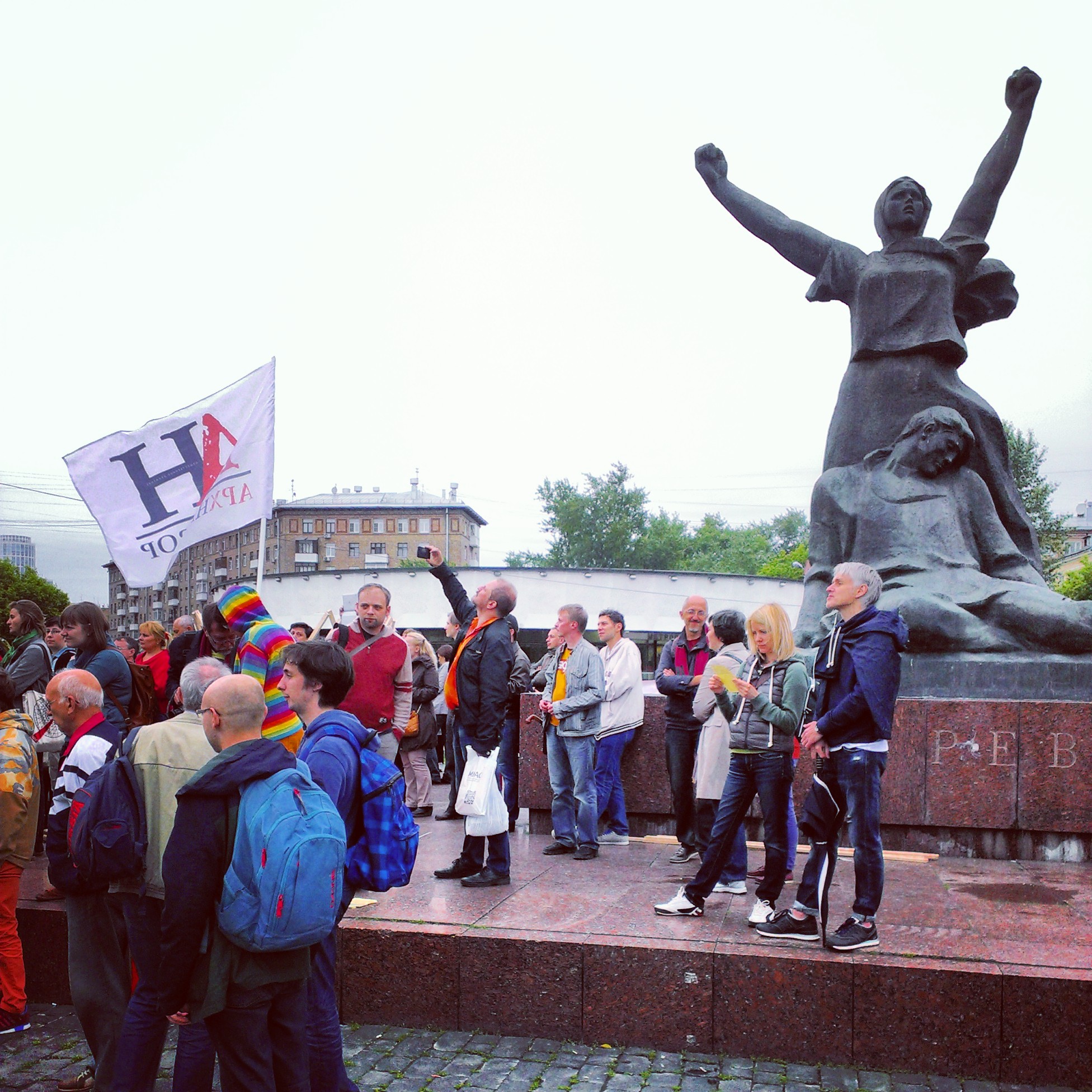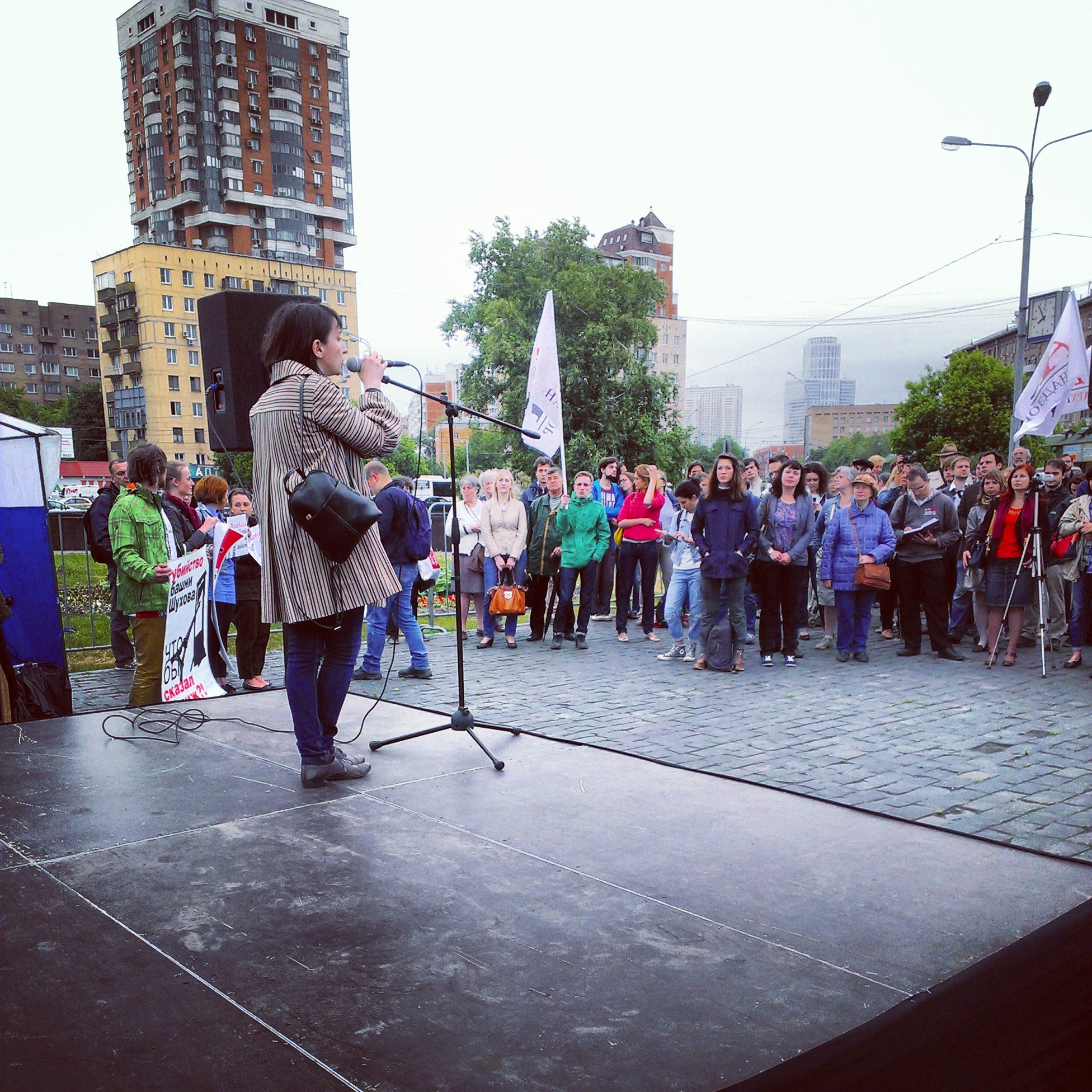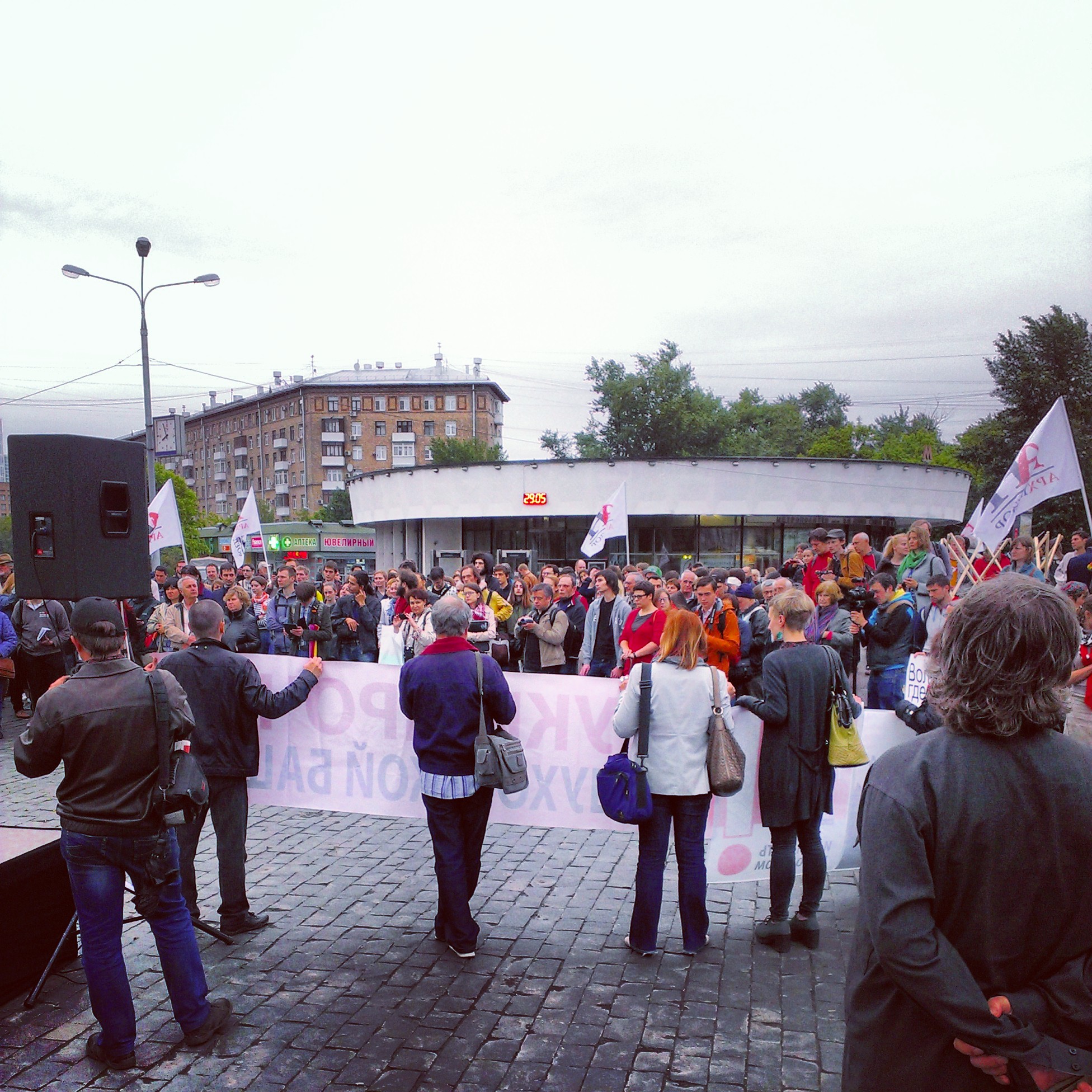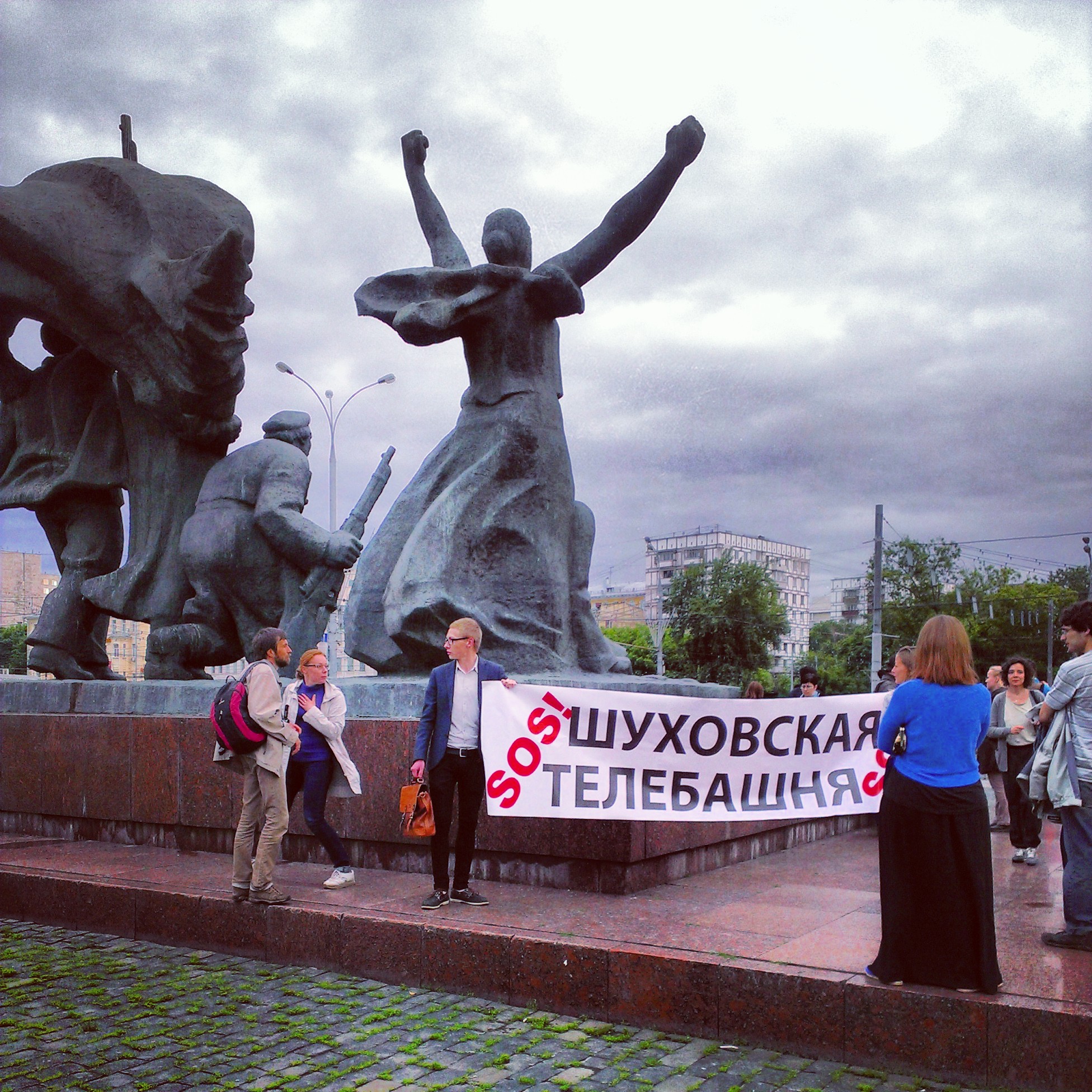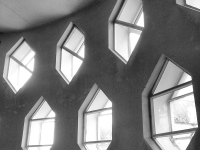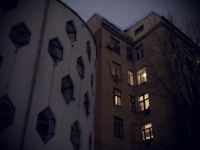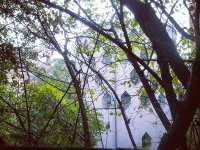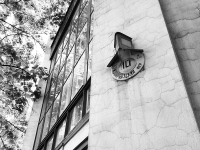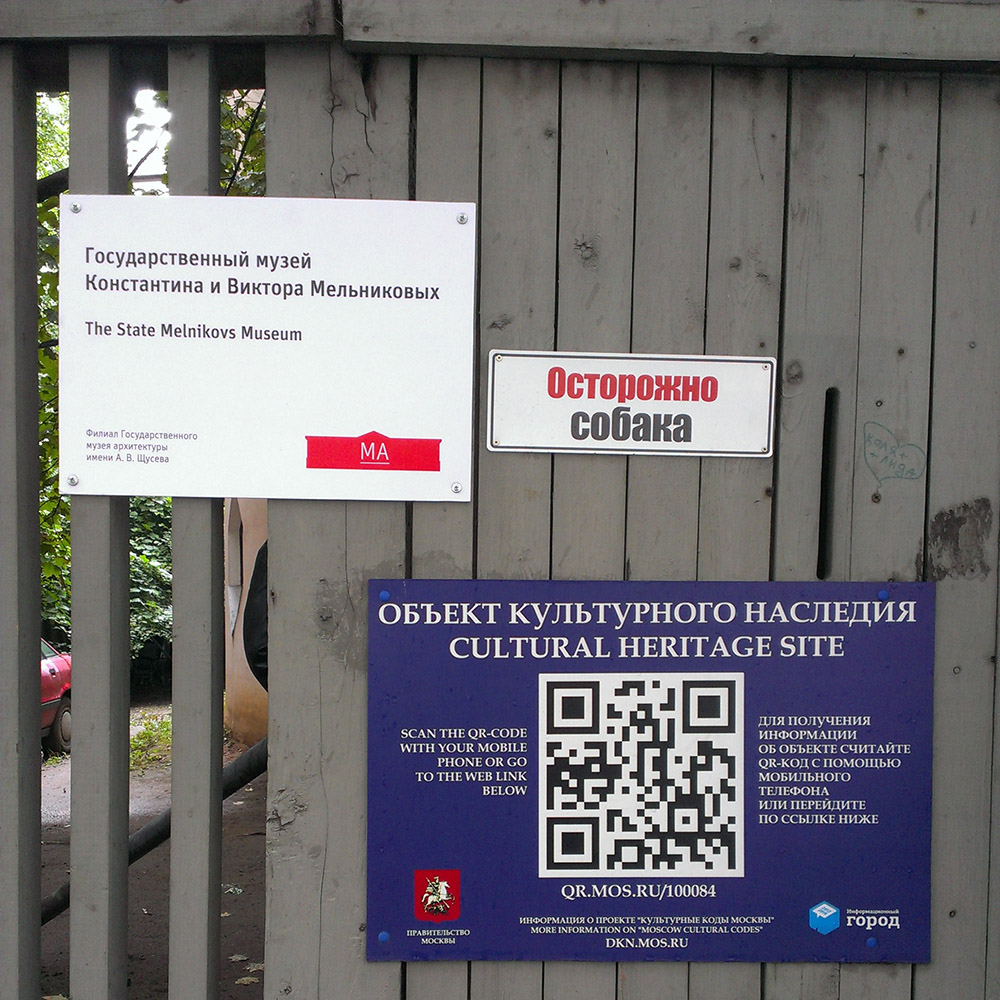
Below is a translation of the open letter which was originally published on Colta.ru
Translation of the group description:
“MELNIKOV HOUSE: OPEN LETTER
Dear colleagues and friends, the situation with the Melnikov House, when a state cultural institution has slipped to trivial criminality seems unthinkable, yet it is a reality!
This group has been created with the single purpose to create an interactive tool so that people who are outraged by what has happened, had the opportunity to put their signature to this open letter. It’s enough to write your name and somehow present oneself here.”
To sign the letter, on https://www.facebook.com/groups/1472391213031745/ fill in the “write post” box with:
first name, last name, profession
………………………………………………………………………………………………………..
Minister of Culture of the Russian Federation
V.R. Medinsky
Advisor to the President of the Russian Federation on Culture
V.I. Tolstoy
Moscow, September 15, 2014
Dear Vladimir Rostislavovich,
Dear Vladimir Ilyich,
We, the members of the professional architectural and museum community in Russia, art and architectural historians, consider the activities of the Schusev Museum of Architecture incompatible with the status and mission of cultural institutions, whose employees on August 13, 2014 seized the house-studio of the world famous Russian architect Konstantin Melnikov, an architectural monument of federal significance. Without waiting for the final execution of a court decision on the full transfer of the house to state property in order to create on its basis a branch of the Museum of Architecture, withdrawing the house out of the housing stock, resolving the conflict with the heirs of the architect, the museum staff entered the house, using the absence of the legally residing there E.V. Karinskaya – granddaughter of the great architect, executor of V.K. Melnikov’s will, thus violating the principle of inviolability of the house. Further actions of the Museum of Architecture – changing the locks on the house, installing round-the-clock security at the house (by a private security company) with dogs, regular rounds of the premises, a ban on visits to E.V. Karinskaya by her family, and restricted access to her even by doctors, the forced inventory of memorial items interspersed with personal belongings – we consider unacceptable.
We believe that based on the Melnikov House a state museum should open according to V.K. Melnikov’s will, however, without a doubt, no museum can be established on the basis of legally dubious actions, direct force, as well as haste. The plans of the Schusev State Museum of Architecture include the speedy opening of the house to visitors (in November 2014), although this cannot be done until a scientific restoration is carried out. Without restoration the house can be lost in a short time; such a position of the Schusev State Museum of Architecture is contrary to the main purpose of the Melnikovs Museum – the preservation of a unique building.
Due to the fact that the Schusev Museum of Architecture now is incurring a serious loss of reputation and thereby destroying the reputation of the future Museum of K.S. and V.K. Melnikov, as well as due to the fact that the management of the museum has been incompetent in reaching a peaceful end to the complex inheritance case and carrying out negotiations (for which much had been done in previous years by the former director of the Museum of Architecture D.A. Sarkisyan and the architectural community), we consider it imperative as soon as possible to:
1) Suspend any activities in the Melnikov House, except for urgent measures for the conservation of the monument; remove the private security. Evaluate from a legal point of view the actions of the Schusev Museum of Architecture and all parties of the conflict, and make appropriate staffing decisions.
2) Assemble a conciliation commission with the participation of lawyers representing the parties of the conflict and museum experts to work out a compromise plan for a phased creation of the Museum of K.S. and V.K. Melnikov.
3) Create an Expert Council, which should include experts on twentieth century architecture, restorers, museum experts and designers, who will evaluate the concept of the museum and will be able to make adjustments to it based on the recent developments.
The Melnikov House is a world heritage site; the entire architectural community currently is observing the situation around the monument with alarm and amazement. We ask you to see to the peaceful settlement of the conflict, thus preserving the cultural heritage of the country and the reputation of the cultural and architectural community in Russia.
Sincerely,
Eugene Asse, architect, artist, rector of the architecture school MARSH
Andrei Batalov, Doctor of Arts, Professor, Honored Artist of Russia, member of the Presidium of the Scientific and Methodological Council for Cultural Heritage at the Ministry of Culture of the Russian Federation
Alexander Brodsky, architect, artist
Anna Bronovitskaya, Ph.D., associate professor of the Moscow Architectural Institute, a member of the section on the legacy of the Soviet period, the Federal Scientific and Methodological Council on heritage
Nikolai Vasilev, art historian, general secretary of Docomomo Russia
Eugene Hershkowitz, art historian, journalist
Yuri Grigoryan, architect
Maria Gulida architect
Alexandra Danilova, art historian, curator, deputy director of the Pushkin State Museum of Fine Arts department of 19-20th century art
Natalia Dushkina, professor of the Moscow Architectural Institute, a founding member of ICOMOS International Scientific Committee on 20th Century Heritage
Valentin Dyakonov, critic, curator, Kommersant columnist
Egor Egorychev, architect
Yulia Zinkevich, General Director of «Правила общения»
Anastasia Izmakova, architect
Olga Kazakova, PhD, Senior Researcher at the Scientific-Research Institute of the Theory and History of Architecture and Urban Planning
Oleg Karlson, architect at “ASB Karlson and K”
Anna Karneeva, architect
Maria Kachalova, architect
Evgeniya Kikodze, art historian, curator of the Museum of Moscow
Natalia Kopelyanskaya, museologist, expert at “Museums Solutions” creative team
Olga Kosyreva, design critic, co-founder of Design lecture
Maria Kravtsov, art historian
Victoria Kudryavtseva, architect
Fedor Lavrentiev, director
Olga Lebedeva, leading architect at Wowhaus
Irina Mak, art critic, journalist
Lyudmila Malkis, creative director of ARCHiPEOPLE, General Director of “Communicative Bureau Malkis”
Anastasia Maslova, architect
Anna Medleva, architect, member of the Union of Architects of Russia, laureate and winner of Russian and international competitions
Natalia Melikova, photographer, author of The Constructivist Project
Mikhail Molochnikov, artist
Anna Muravina, decorator, design bureau MUGU Interiors, executive director of AID (Association of Interior Decorators)
Sergei Nikitin, Assistant Professor, Department of Cultural Studies, National Research University – Higher School of Economics, Head of Moskultprog
Elena Olshanskaya, filmmaker, journalist
Igor Palmin, photographer
Yuri Palmin, architectural photographer, teacher at MARSH and the British Higher School of Design
Maria Panova, architect
Boris Pasternak, certified expert of the Ministry of Culture of the Russian Federation, Deputy Chairman of the Scientific and Methodological Council for Cultural Heritage at the Department of Cultural Heritage of Moscow, the chief architect of the Center for Urban Research
Alexey Petukhov, art critic, senior fellow at the Pushkin State Museum of Fine Arts
Maria Podyapolskaya, architectural historian, tour guide
Anna Proshkuratova, architect
Grigory Revzin, art historian, architecture critic, professor at the Higher School of Urbanism at National Research University – Higher School of Economics
Anna Rodionova, architect
Evgeny Romanov, architect
Tatiana Romanova, architect
Denis Romodin, local historian, secretary of the Moscow branch of Docomomo Russia
Edward Rusenko, Wowhaus, artist
Natalia Samover, historian
Vladimir Sedov, Doctor of Arts, Professor, Corresponding Member of the Russian Academy of Sciences
Alexandra Selivanova, Senior Researcher at the Scientific-Research Institute of the Theory and History of Architecture and Urban Planning, curator of the Museum of Moscow Lectures
Evgeniya Sidorova, architect
Tatiana Skibo, architect
Olga Soldatov, architect, artist, designer
Evgenia Stakhanova, cultural specialist, co-author of Discover Moscow
Yulia Tarabarina, art historian, journalist
Nikita Tokarev, member of the Union of Moscow Architects, Director of MARSH
Natalia Tolstaya, senior fellow at the Moscow Center of Museum Development, member of the Presidium of ICOM Russia
Natalia Troskina, art historian, member of the Moscow branch of ICOMOS
Maria Troshina, art historian, editor in chief of Project International
Valentina Fedotova, architect-restorer
Bella Filatova, architect
Olga Khokhlova, architect
Marina Khrustaleva, architectural historian, member of the Coordinating Council of the Public Movement Archnadzor
Alexandra Chertkova, architect
Tatiana Efrussi, art historian, researcher at the Museum of the Moscow Architectural Institute
Alexander Yakut, artist, curator, gallery owner, architect
Marina Yarmarkina, architect

